44 Anti-Inflammatory Superfoods to Add to Your Shopping List
Inflammation: it's your body's alarm system, but when the alarm keeps blaring, chronic health issues can take root. From joint pain to serious diseases, the impact is undeniable. But here's the empowering truth: what you eat can be a potent weapon against this hidden fire. We've gone beyond the basics, expanding our list to bring you 44 of nature's most powerful anti-inflammatory superfoods. These aren't just trendy ingredients; they're backed by science and brimming with compounds that work to cool inflammation, protect your cells, and pave the way for vibrant health. Think of this as your culinary arsenal, packed with antioxidants, healthy fats, and vital nutrients. Whether you're seeking relief from specific symptoms or aiming for long-term wellness, incorporating these delicious, inflammation-fighting foods into your daily meals can make a profound difference. Get ready to discover a world of flavor that does your body good!
1. Turmeric: The Golden Spice of Life

Turmeric, a vibrant yellow spice commonly used in Indian cuisine, is one of the most potent anti-inflammatory superfoods available. Its active compound, curcumin, has been extensively studied for its ability to reduce inflammation and provide relief from pain and swelling. Curcumin works by inhibiting inflammatory molecules in the body, making it a powerful ally against chronic inflammatory conditions like arthritis and inflammatory bowel disease. To maximize curcumin absorption, pair turmeric with black pepper, which contains piperine, a compound that enhances curcumin’s bioavailability. Whether added to curries, smoothies, or teas, turmeric is a versatile spice that can easily be incorporated into your diet, offering a natural way to combat inflammation and promote overall health.
2. Berries: Nature’s Antioxidant Powerhouses
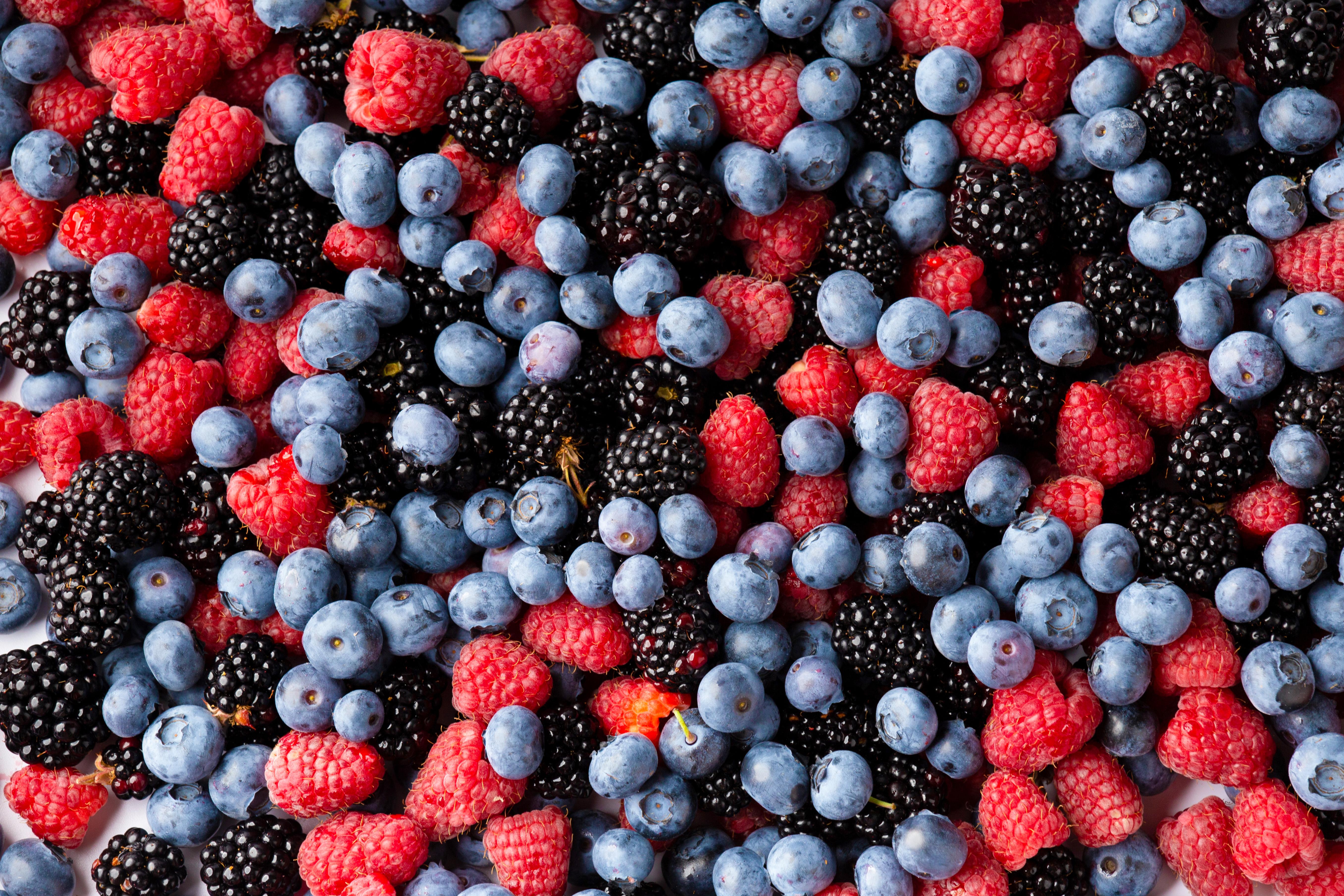
Berries, including blueberries, strawberries, raspberries, and blackberries, are rich in antioxidants and phytonutrients that help fight inflammation. These small, colorful fruits are packed with vitamins, minerals, and fiber, making them a nutritious addition to any diet. The antioxidants in berries, particularly anthocyanins, have been shown to reduce oxidative stress and inflammation, protecting against chronic diseases like heart disease and cancer. Berries are also low in calories and high in flavor, making them a delicious and guilt-free snack option. Enjoy them fresh, frozen, or dried, and consider adding them to your breakfast cereals, yogurt, or smoothies for an anti-inflammatory boost.
3. Fatty Fish: Omega-3 Rich Delicacies

Fatty fish such as salmon, mackerel, sardines, and trout are excellent sources of omega-3 fatty acids, which are known for their potent anti-inflammatory effects. Omega-3s help reduce the production of inflammatory molecules and have been shown to alleviate symptoms of inflammatory conditions like rheumatoid arthritis. Regular consumption of fatty fish is associated with a lower risk of heart disease, improved brain health, and reduced inflammation. Aim to include fatty fish in your diet at least twice a week to reap the benefits. If you’re not a fan of fish, consider omega-3 supplements derived from fish oil or algae as an alternative.
4. Leafy Greens: The Nutrient-Dense Champions
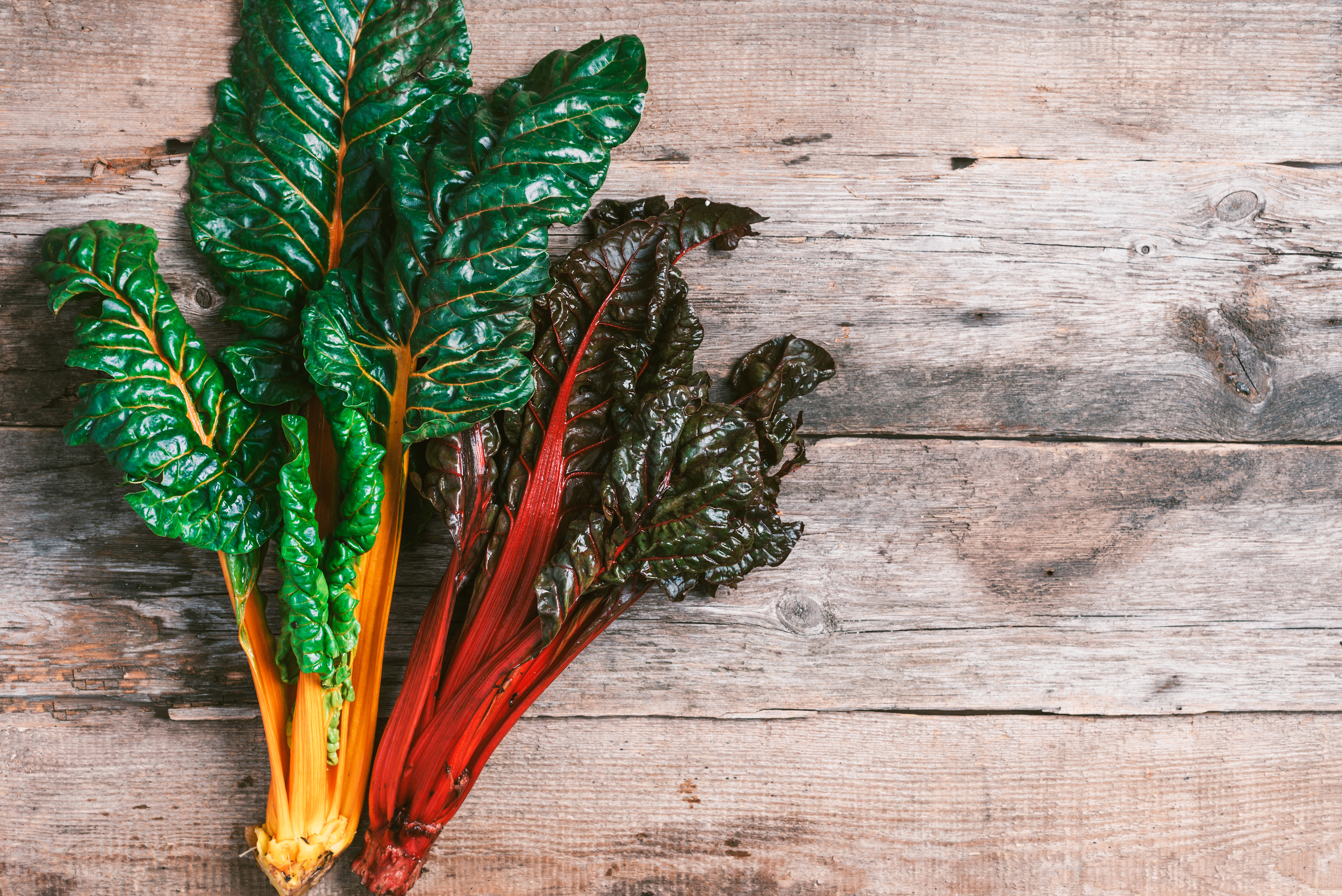
Leafy greens such as spinach, kale, and Swiss chard are nutritional powerhouses that offer a wide range of health benefits, including anti-inflammatory properties. These greens are rich in vitamins A, C, and K, as well as minerals like iron and calcium. They also contain antioxidants and polyphenols that help combat inflammation and oxidative stress. Incorporating leafy greens into your diet is easy; they can be added to salads, smoothies, soups, or sautéed as a side dish. By making leafy greens a staple in your meals, you’ll not only reduce inflammation but also boost your overall nutrient intake.
5. Nuts and Seeds: Tiny Packages of Health
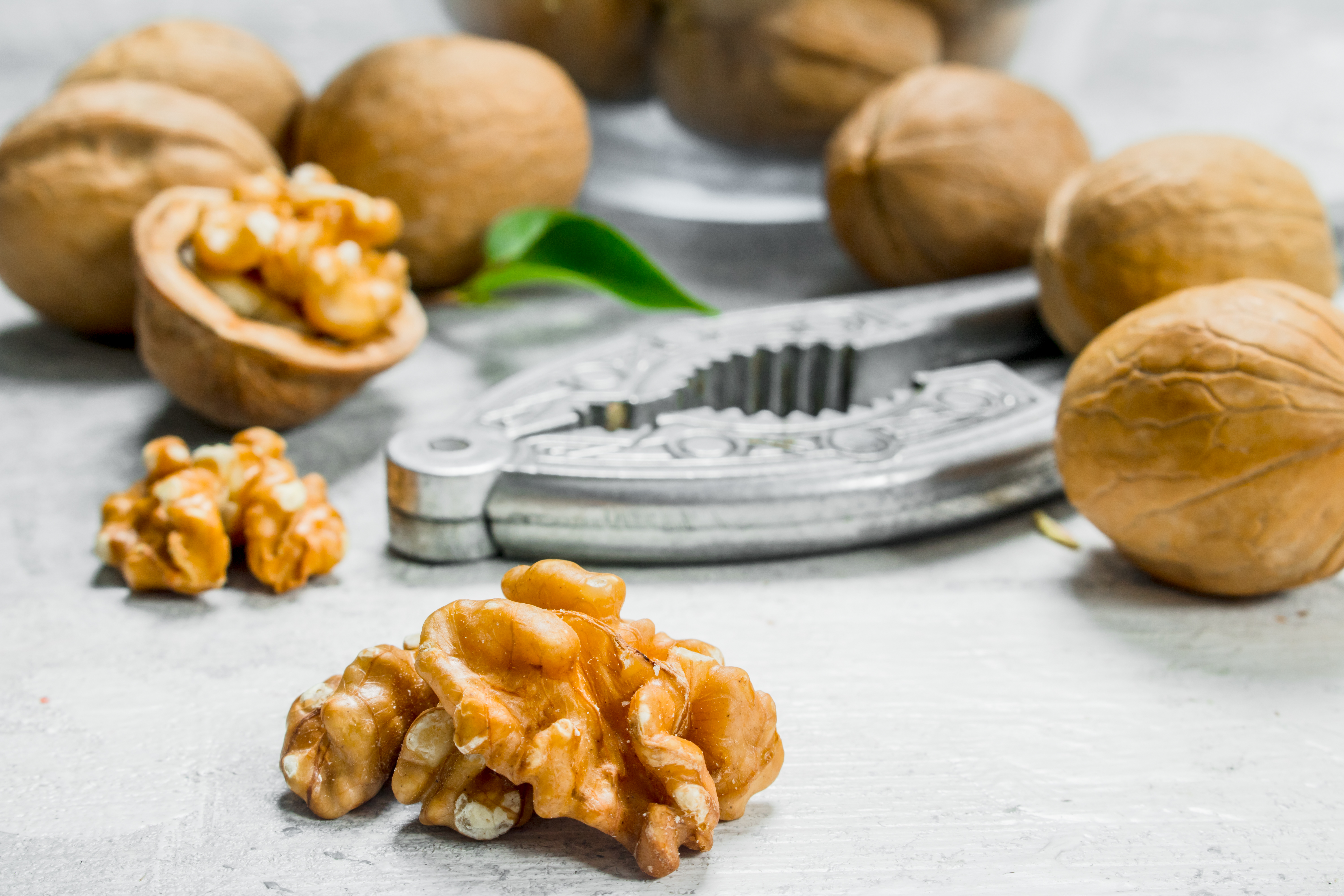
Nuts and seeds, including almonds, walnuts, flaxseeds, and chia seeds, are excellent sources of healthy fats, fiber, and plant-based protein. They also contain antioxidants and anti-inflammatory compounds such as omega-3 fatty acids and polyphenols. Regular consumption of nuts and seeds has been linked to reduced inflammation, improved heart health, and better weight management. These versatile foods can be enjoyed as a snack, sprinkled over salads or yogurt, or incorporated into baking recipes. Keep a variety of nuts and seeds on hand to add a crunchy, nutritious element to your meals.
6. Olive Oil: Liquid Gold for Health
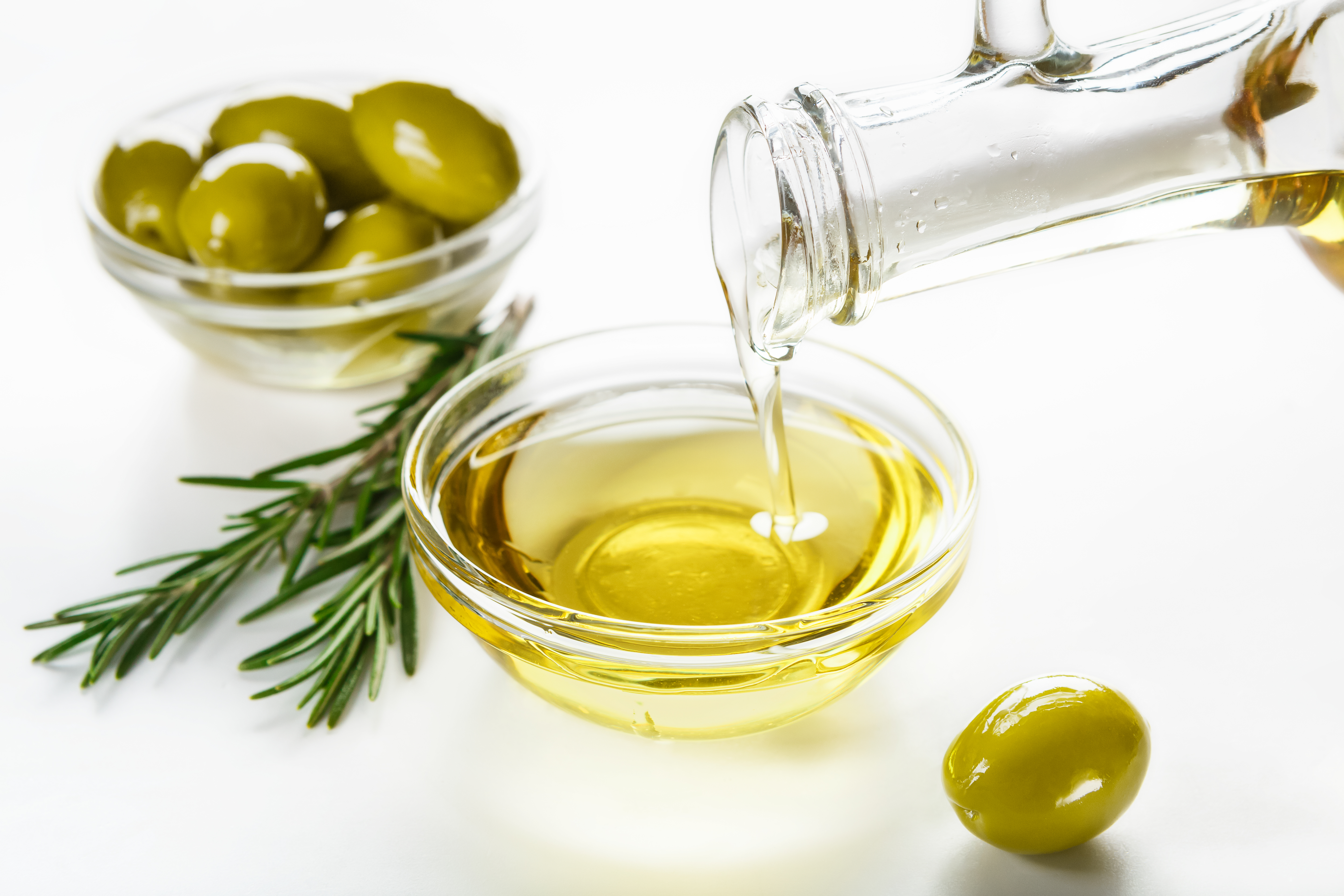
Olive oil, a staple of the Mediterranean diet, is renowned for its numerous health benefits, particularly its anti-inflammatory properties. Rich in monounsaturated fats and antioxidants like oleocanthal, olive oil can help reduce inflammation and lower the risk of chronic diseases. Studies have shown that oleocanthal acts similarly to ibuprofen, providing natural pain relief and reducing inflammation. To maximize the health benefits, choose extra virgin olive oil, which is less processed and retains more of its beneficial compounds. Use olive oil as a salad dressing, for sautéing vegetables, or as a finishing drizzle over cooked dishes to enhance flavor and promote health.
7. Ginger: The Zesty Healer

Ginger, a root with a spicy and aromatic flavor, has been used for centuries in traditional medicine for its anti-inflammatory and digestive benefits. The active compounds in ginger, such as gingerol, have been shown to inhibit inflammatory pathways and reduce pain, making it an effective natural remedy for conditions like osteoarthritis and menstrual discomfort. Ginger can be consumed fresh, dried, or in supplement form, and it pairs well with both savory and sweet dishes. Add ginger to stir-fries, soups, teas, or baked goods for a zesty kick and a boost to your anti-inflammatory efforts.
8. Garlic: The Flavorful Protector

Garlic, a pungent and flavorful herb, is not only a culinary staple but also a potent anti-inflammatory agent. Its active compounds, including allicin, have been shown to reduce inflammation and boost immune function. Garlic’s health benefits extend to reducing the risk of heart disease, lowering blood pressure, and improving cholesterol levels. Incorporating garlic into your diet is simple; it can be used to flavor a wide variety of dishes, from pasta sauces to roasted vegetables. For maximum benefits, crush or chop garlic and let it sit for a few minutes before cooking to activate its beneficial compounds.
9. Green Tea: The Ancient Elixir
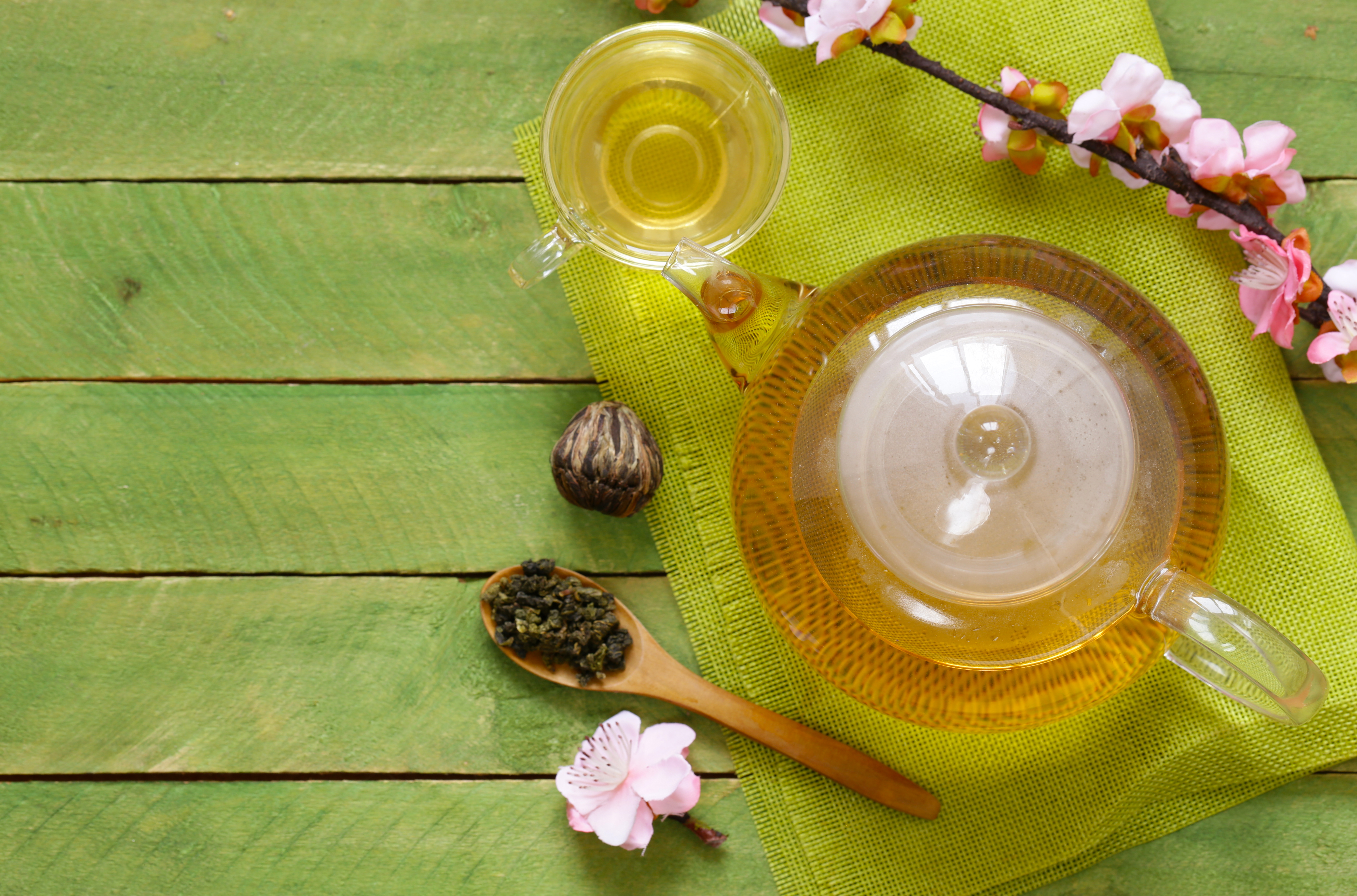
Green tea, a beverage with a rich history, is celebrated for its numerous health benefits, particularly its anti-inflammatory and antioxidant properties. Rich in catechins, especially epigallocatechin gallate (EGCG), green tea helps reduce inflammation and protect against cellular damage. Regular consumption of green tea is associated with a lower risk of chronic diseases, including heart disease and certain cancers. Enjoy green tea hot or iced, and consider adding a squeeze of lemon to enhance its flavor and health benefits. By incorporating green tea into your daily routine, you can support your body’s natural defenses and promote overall well-being.
10. Tomatoes: The Juicy Anti-Inflammatory
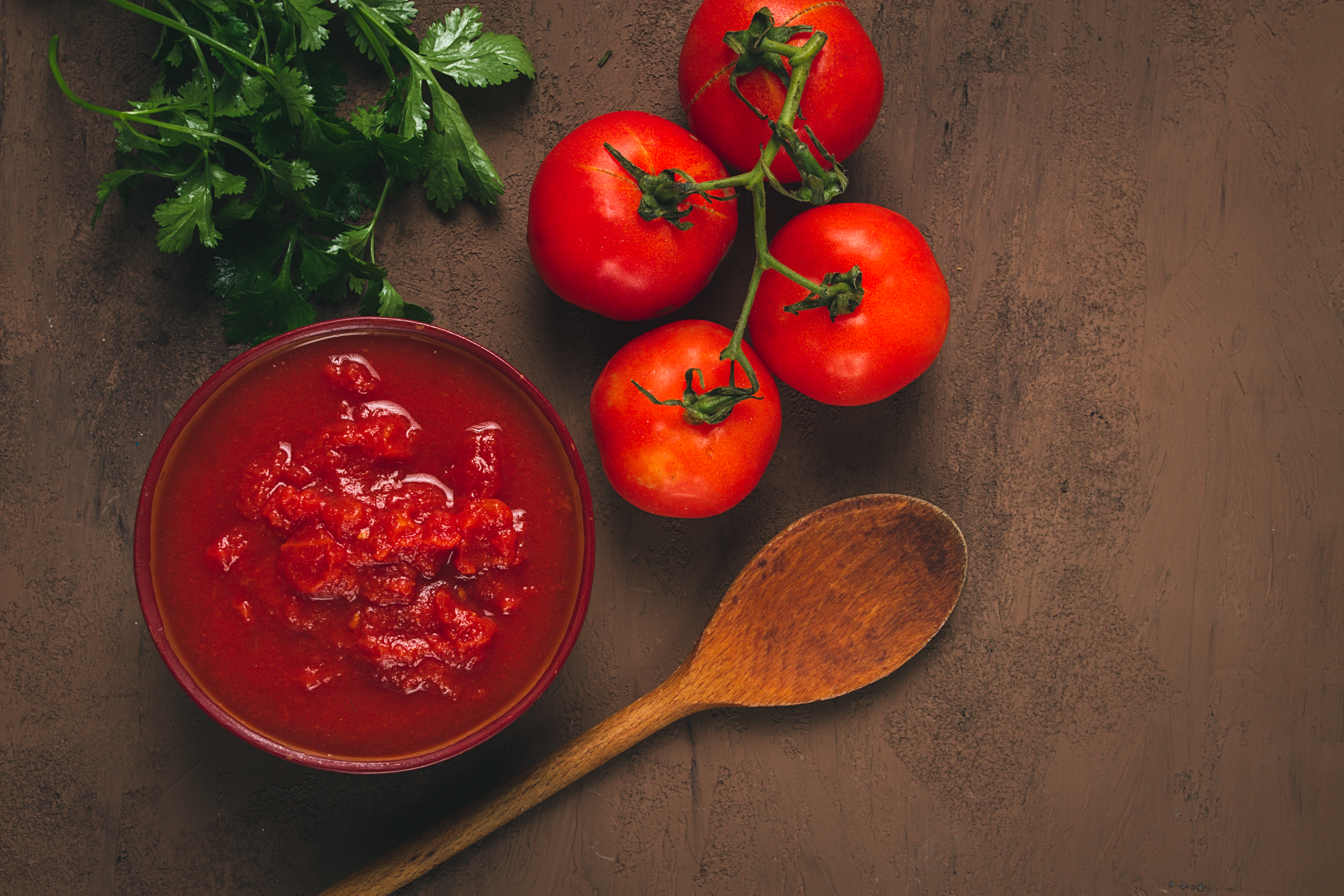
Tomatoes are a rich source of lycopene, a powerful antioxidant known for its anti-inflammatory properties. Lycopene has been shown to reduce inflammation and lower the risk of chronic diseases such as heart disease and cancer. Cooking tomatoes, such as in sauces or soups, increases the bioavailability of lycopene, making it easier for your body to absorb. In addition to lycopene, tomatoes are also high in vitamin C and potassium, contributing to their health-promoting effects. Incorporate tomatoes into your meals by adding them to salads, sandwiches, or pasta dishes for a flavorful and nutritious boost.
11. Whole Grains: The Fiber-Rich Allies
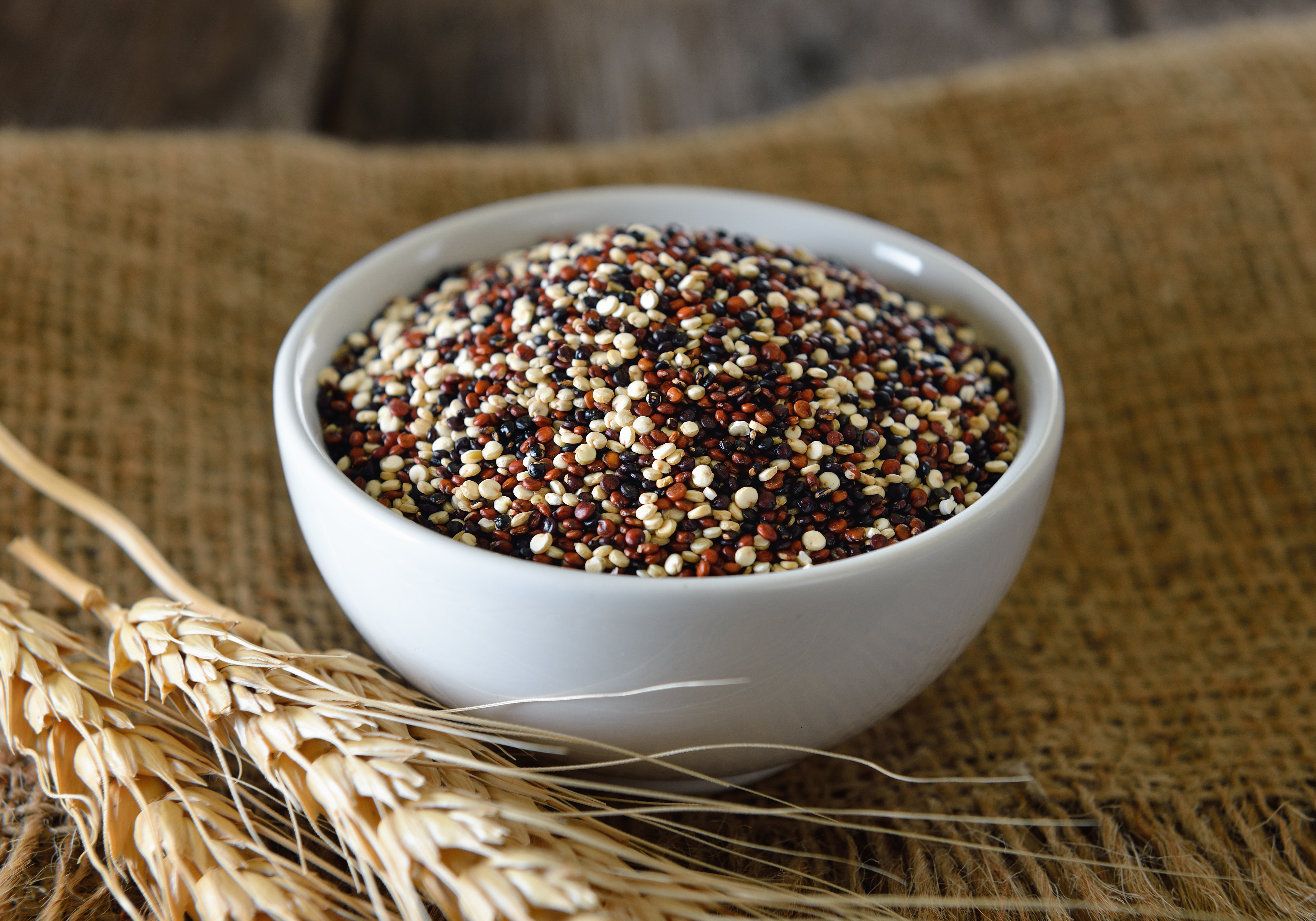
Whole grains, including brown rice, quinoa, oats, and barley, are excellent sources of fiber, vitamins, and minerals. Unlike refined grains, whole grains retain their bran and germ, providing more nutrients and health benefits. The fiber in whole grains helps regulate digestion and reduce inflammation by promoting a healthy gut microbiome. Consuming whole grains is associated with a lower risk of chronic diseases such as heart disease, type 2 diabetes, and certain cancers. Make whole grains a staple in your diet by choosing whole-grain bread, pasta, and cereals, and experimenting with different grains in your cooking.
12. Avocados: The Creamy Superfood
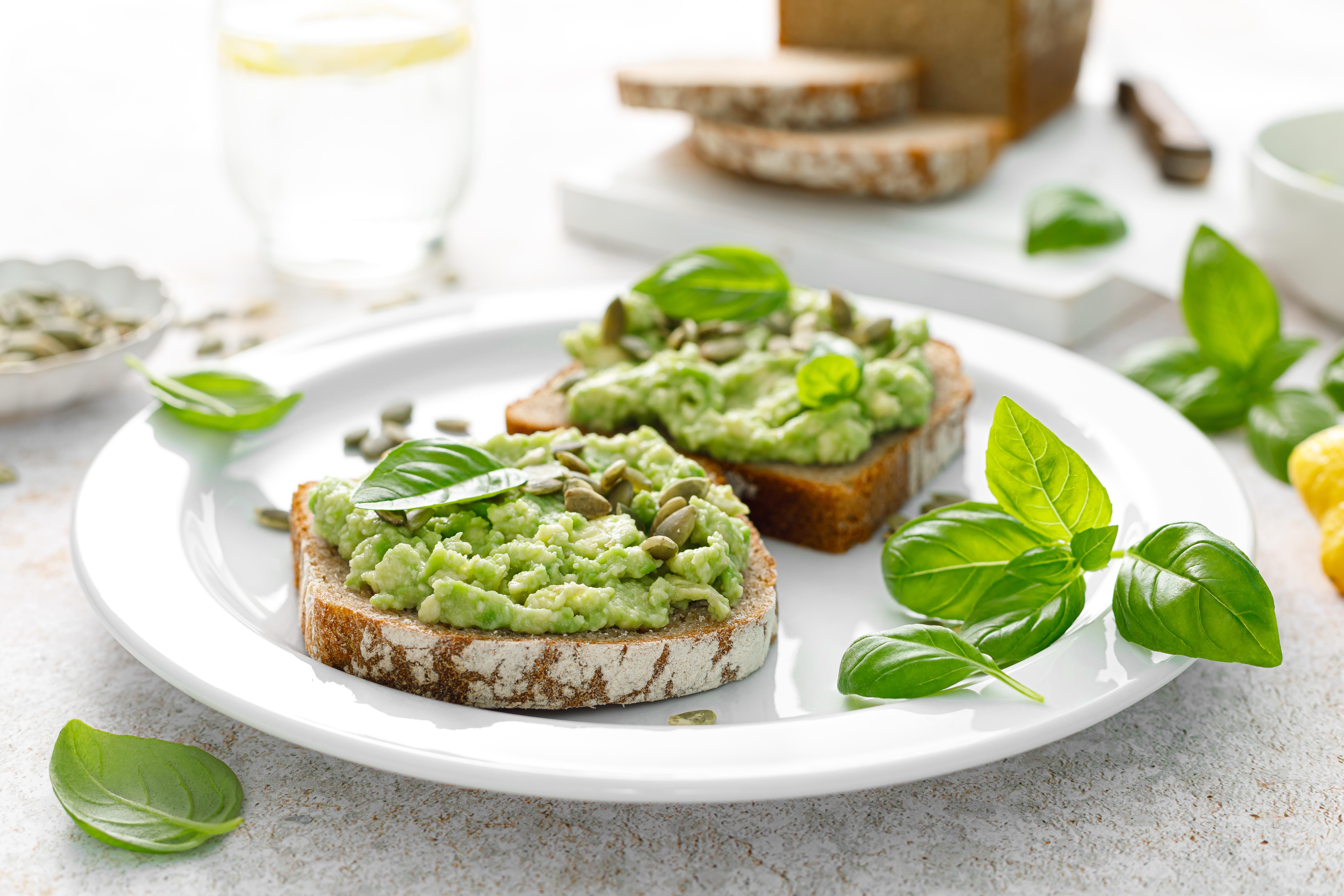
Avocados are a unique fruit, rich in healthy monounsaturated fats, fiber, and antioxidants. They contain anti-inflammatory compounds such as phytosterols and carotenoids, which help reduce inflammation and promote heart health. Avocados are also a good source of potassium, which helps balance sodium levels and maintain healthy blood pressure. Enjoy avocados in a variety of ways, such as in salads, sandwiches, or as a creamy topping for toast. Their versatility and creamy texture make them a delicious and nutritious addition to any diet, supporting your anti-inflammatory efforts and overall health.
13. Dark Chocolate: The Sweet Indulgence

Dark chocolate, with a cocoa content of 70% or higher, is not only a delicious treat but also a source of powerful antioxidants known as flavonoids. These compounds have been shown to reduce inflammation, improve heart health, and enhance brain function. When consumed in moderation, dark chocolate can be a part of a healthy diet, providing both pleasure and health benefits. Choose high-quality dark chocolate with minimal added sugar, and enjoy it as an occasional indulgence. Whether eaten on its own or used in baking, dark chocolate offers a sweet way to support your anti-inflammatory goals.
14. Beets: The Vibrant Detoxifiers
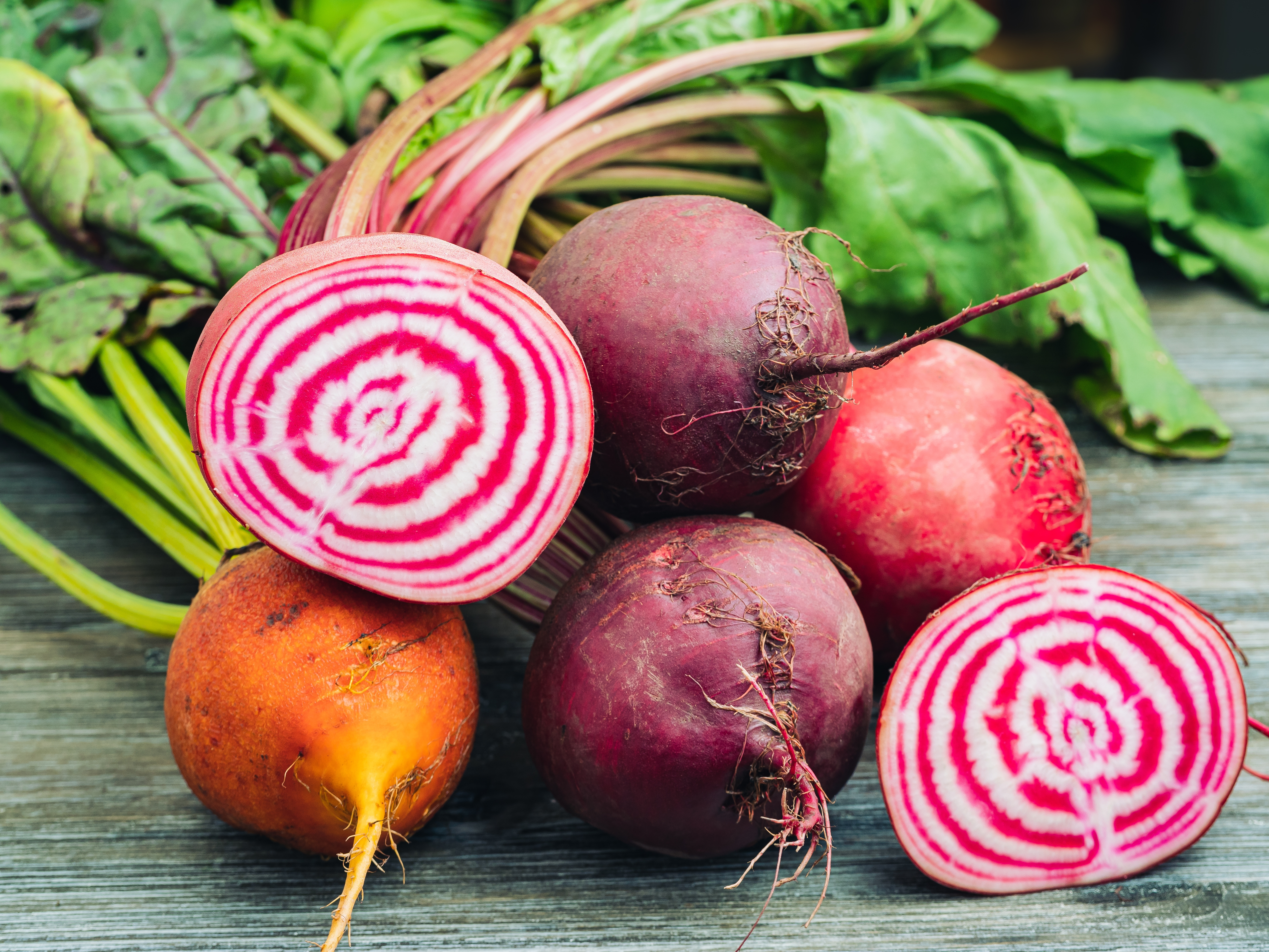
Beets, with their striking deep-red color, are a powerhouse of anti-inflammatory and detoxifying nutrients. They are rich in betalains, natural compounds known to reduce inflammation and oxidative stress, helping to protect against chronic diseases like heart disease and certain cancers. Beets also support liver health by aiding the body’s natural detoxification processes. Their high nitrate content improves blood flow and reduces blood pressure, promoting cardiovascular health. Enjoy beets roasted, in salads, or blended into smoothies for a vibrant and nutritious boost to your meals, making them a versatile addition to your anti-inflammatory diet.
15. Tart Cherries: The Sleep-Boosting Anti-Inflammatory Fruit

Tart cherries are a powerhouse of anthocyanins, antioxidants that have been shown to significantly reduce inflammation and muscle soreness. They're also one of the best natural sources of melatonin, which helps regulate sleep. Poor sleep is linked to increased inflammation, so incorporating tart cherries or 100% tart cherry juice into your diet can combat inflammation while improving your sleep quality. Research suggests tart cherry juice may also reduce arthritis symptoms and support muscle recovery after workouts. How to enjoy them: Snack on dried tart cherries, blend them into smoothies, or drink a small glass of tart cherry juice before bed.
16. Mushrooms: Nature’s Immune-Boosting Healers
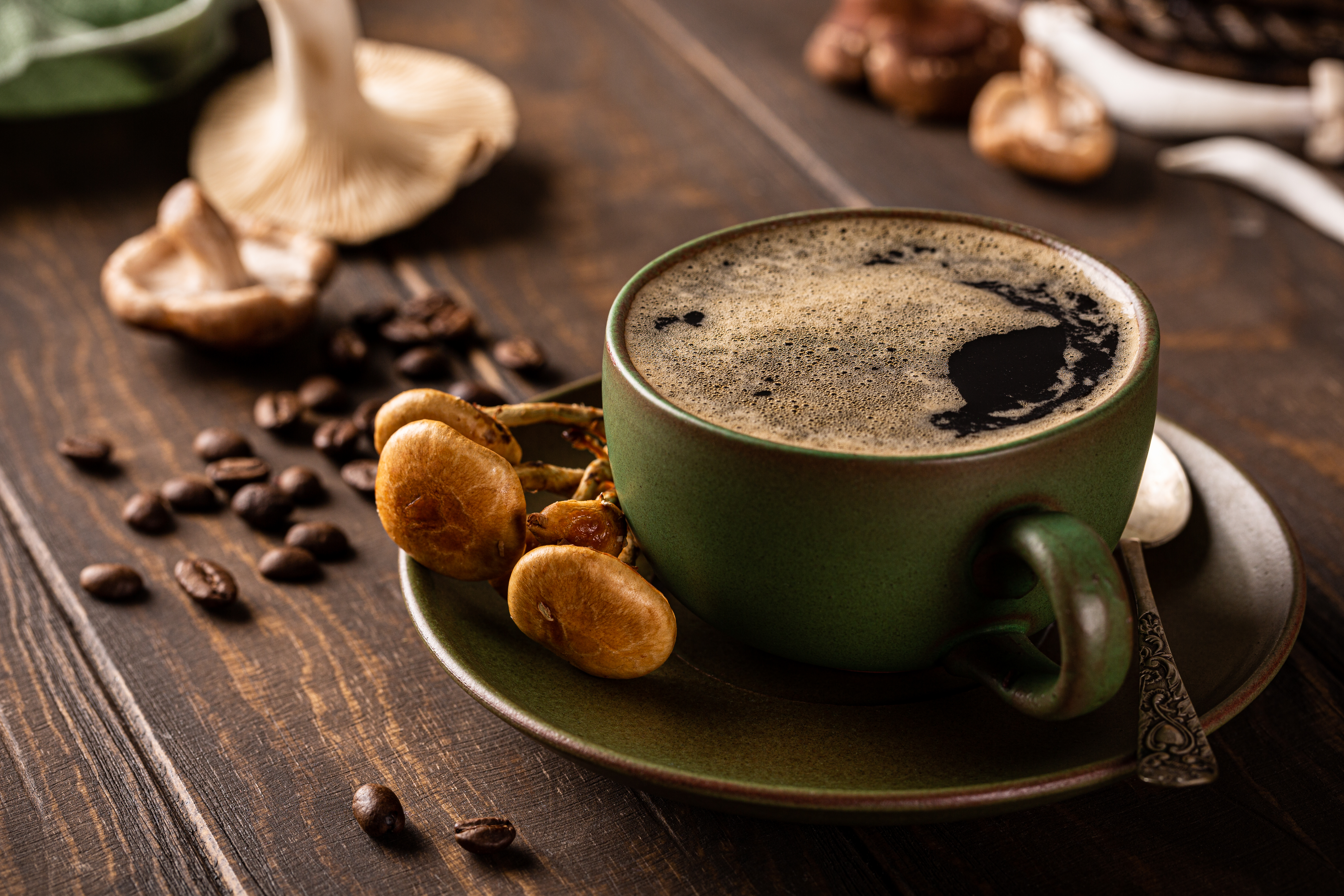
Mushrooms—especially varieties like shiitake, maitake, and reishi—contain beta-glucans, unique polysaccharides that strengthen the immune system and reduce chronic inflammation. They’re also packed with ergothioneine, an antioxidant that protects against oxidative stress. Shiitake mushrooms, in particular, have compounds that support heart health by reducing LDL cholesterol. How to enjoy them: Sauté mushrooms in olive oil, add them to soups and stir-fries, or drink reishi mushroom tea for its calming and anti-inflammatory effects.
17. Seaweed: A Marine Superfood for Gut & Brain Health
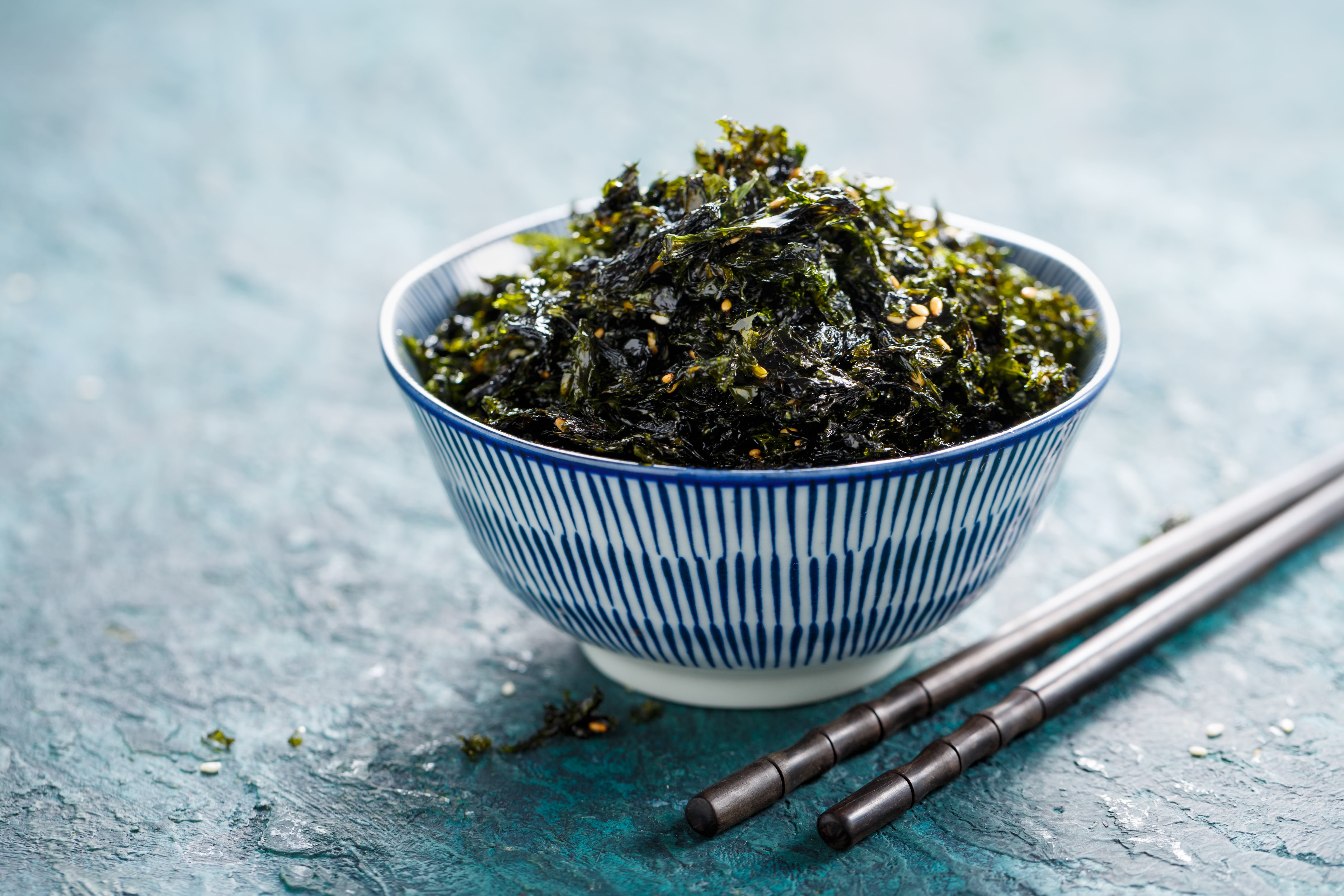
Seaweed is an underappreciated anti-inflammatory gem that’s loaded with iodine, fiber, and polyphenols. The fucoxanthin in brown seaweed (like wakame and kombu) has been shown to reduce inflammation and improve metabolic health. Seaweed also nourishes gut bacteria, supporting a healthy microbiome—which plays a crucial role in regulating inflammation throughout the body. How to enjoy it: Snack on dried seaweed, add it to miso soup, or use nori sheets for homemade sushi rolls.
18. Pineapple: The Enzyme-Packed Anti-Inflammatory Fruit
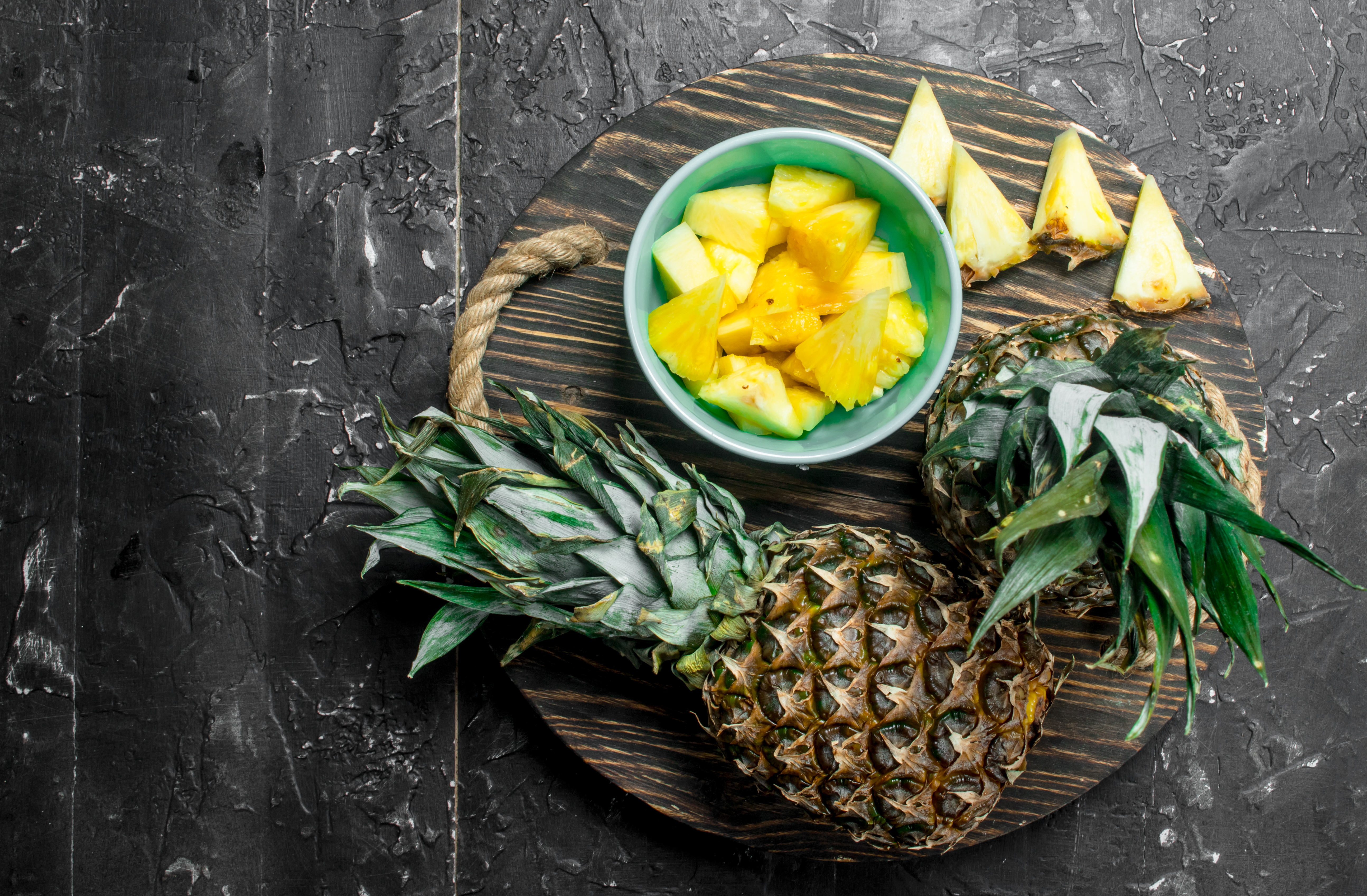
Pineapple is rich in bromelain, a powerful enzyme known to reduce swelling, aid digestion, and speed up muscle recovery. Bromelain acts as a natural pain reliever, making it especially beneficial for people with arthritis, injuries, or post-surgery recovery. It also helps break down proteins in food, reducing bloating and improving gut health. How to enjoy it: Eat fresh pineapple slices, blend it into smoothies, or use pineapple juice in marinades to tenderize meats.
19. Dark Purple Grapes: The Longevity Fruit

Dark purple and red grapes contain resveratrol, a potent antioxidant that reduces inflammation, protects the brain, and supports heart health. Studies suggest resveratrol may help slow aging by reducing oxidative stress and promoting cellular repair. Grapes are also high in polyphenols, which help lower blood pressure and reduce the risk of chronic diseases. How to enjoy them: Snack on fresh grapes, freeze them for a refreshing treat, or add them to salads with nuts and cheese.
20. Pomegranates: The Anti-Inflammatory Elixir for the Heart️
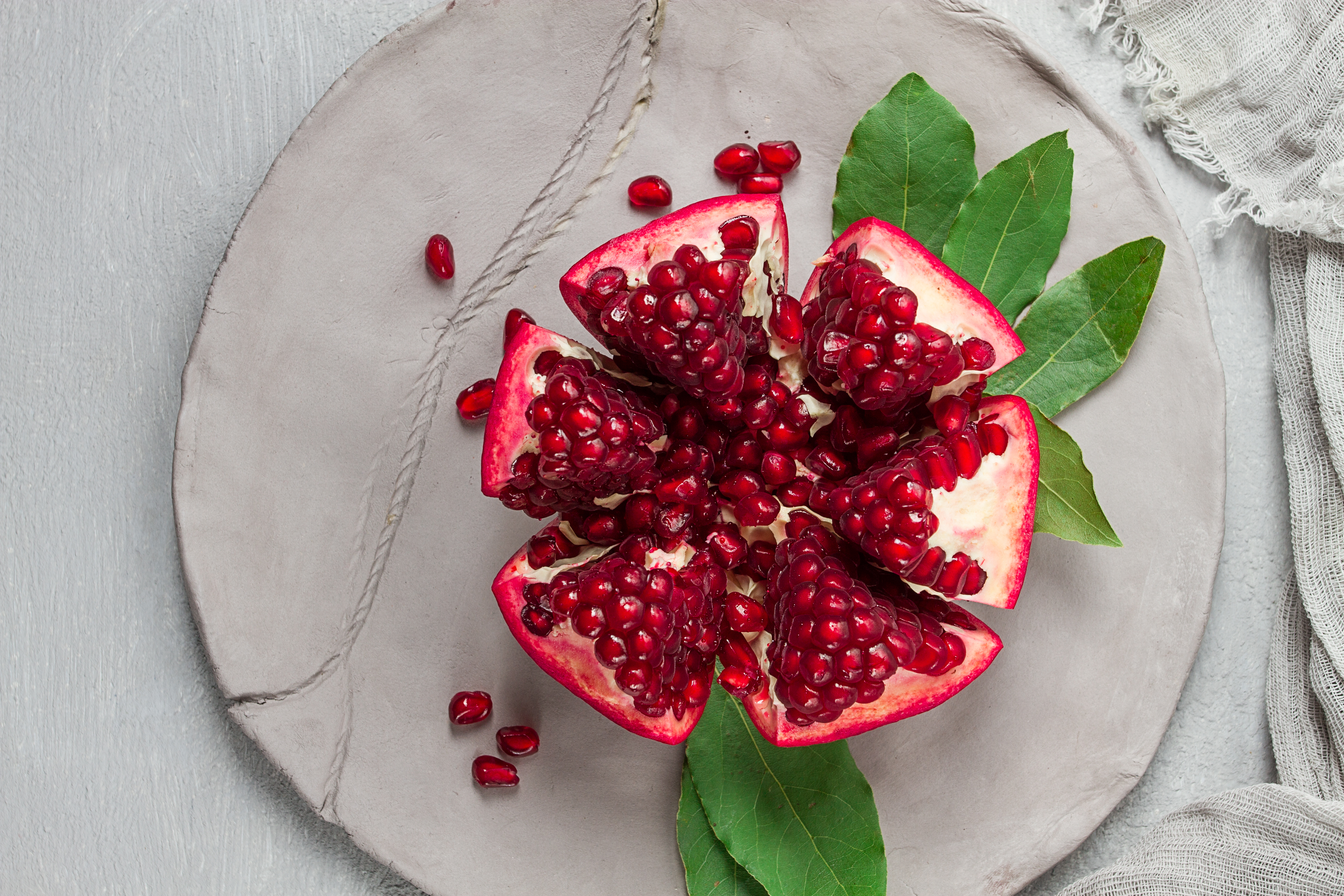
Pomegranates are one of the most antioxidant-rich fruits on the planet, thanks to punicalagins—compounds that are 3x more powerful than green tea. Pomegranates have been shown to reduce inflammation, lower blood pressure, and protect arteries from plaque buildup. Drinking pure pomegranate juice can help fight inflammation linked to arthritis, heart disease, and even cancer. How to enjoy them: Eat the fresh seeds, drink 100% pomegranate juice (without added sugar), or add pomegranate arils to yogurt, oatmeal, or salads.
21. Red Cabbage: A Gut-Healing, Anti-Inflammatory Superfood
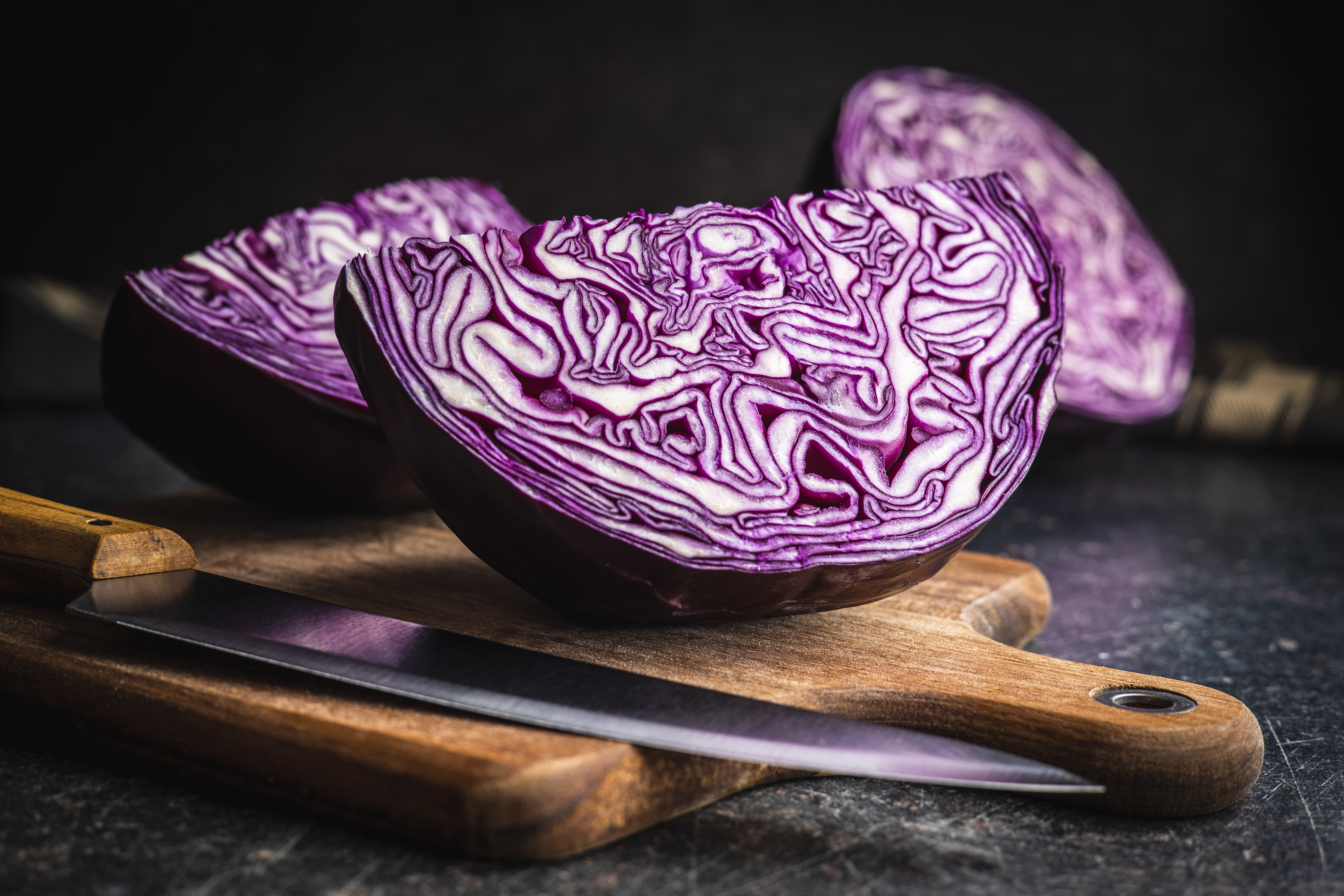
Red cabbage is a budget-friendly, anti-inflammatory powerhouse that’s packed with anthocyanins—the same powerful antioxidants found in berries. It’s also loaded with fiber and prebiotics, which nourish beneficial gut bacteria and help regulate inflammation. Fermented red cabbage (like sauerkraut or kimchi) offers even greater benefits, as probiotics further enhance gut and immune function. How to enjoy it: Shred raw red cabbage for salads, add it to stir-fries, or make homemade sauerkraut for a probiotic-rich side dish.
22. Cilantro: The Heavy Metal Detox Herb
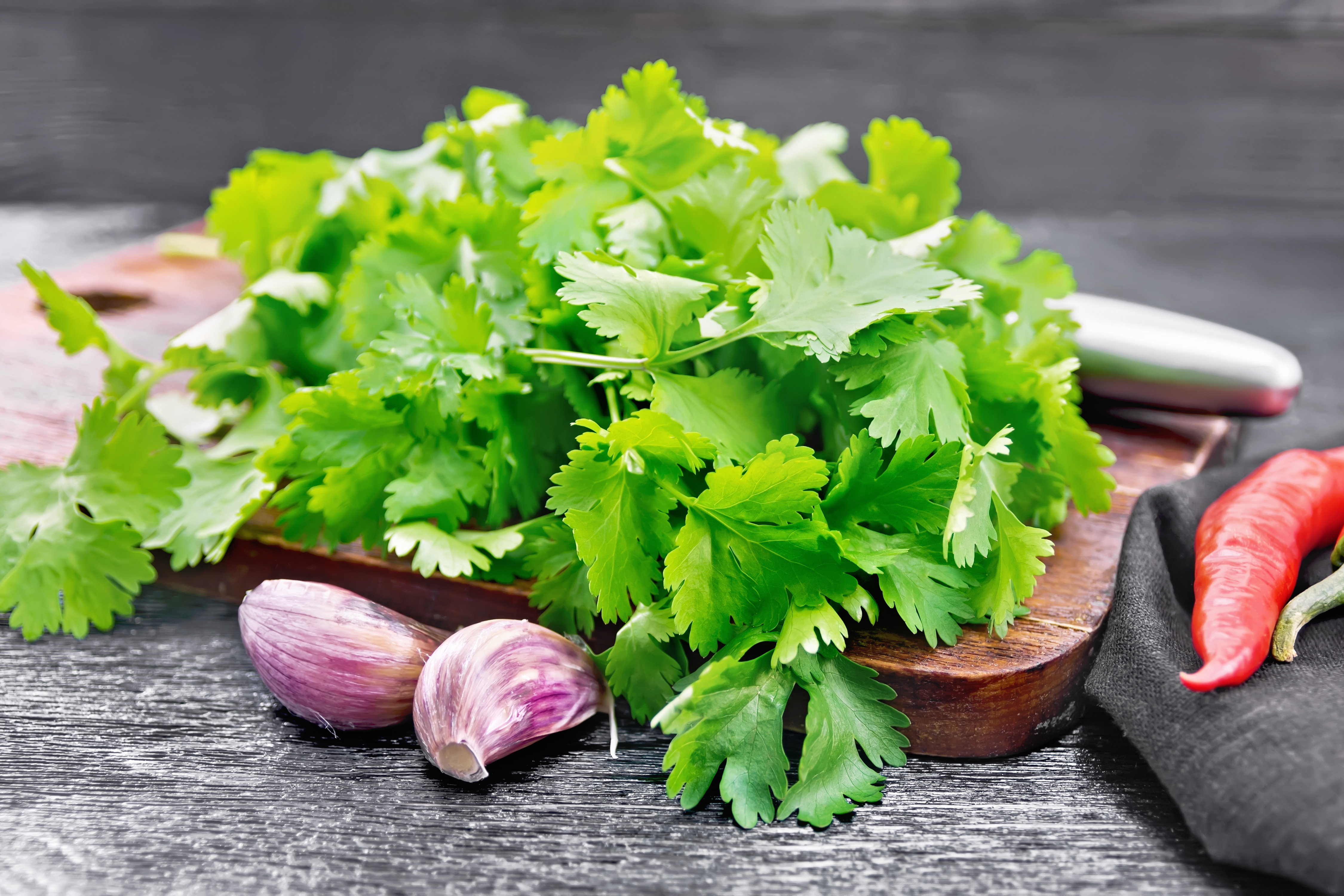
Cilantro is more than just a garnish—it’s a powerful anti-inflammatory herb known for its ability to help the body detoxify heavy metals like mercury and lead, which can contribute to chronic inflammation. Cilantro also has antibacterial properties and supports digestion by reducing bloating and gas. How to enjoy it: Blend cilantro into green smoothies, add it to tacos, or mix it into homemade guacamole.
23. Hemp Seeds: The Perfect Omega-3 & Protein Source
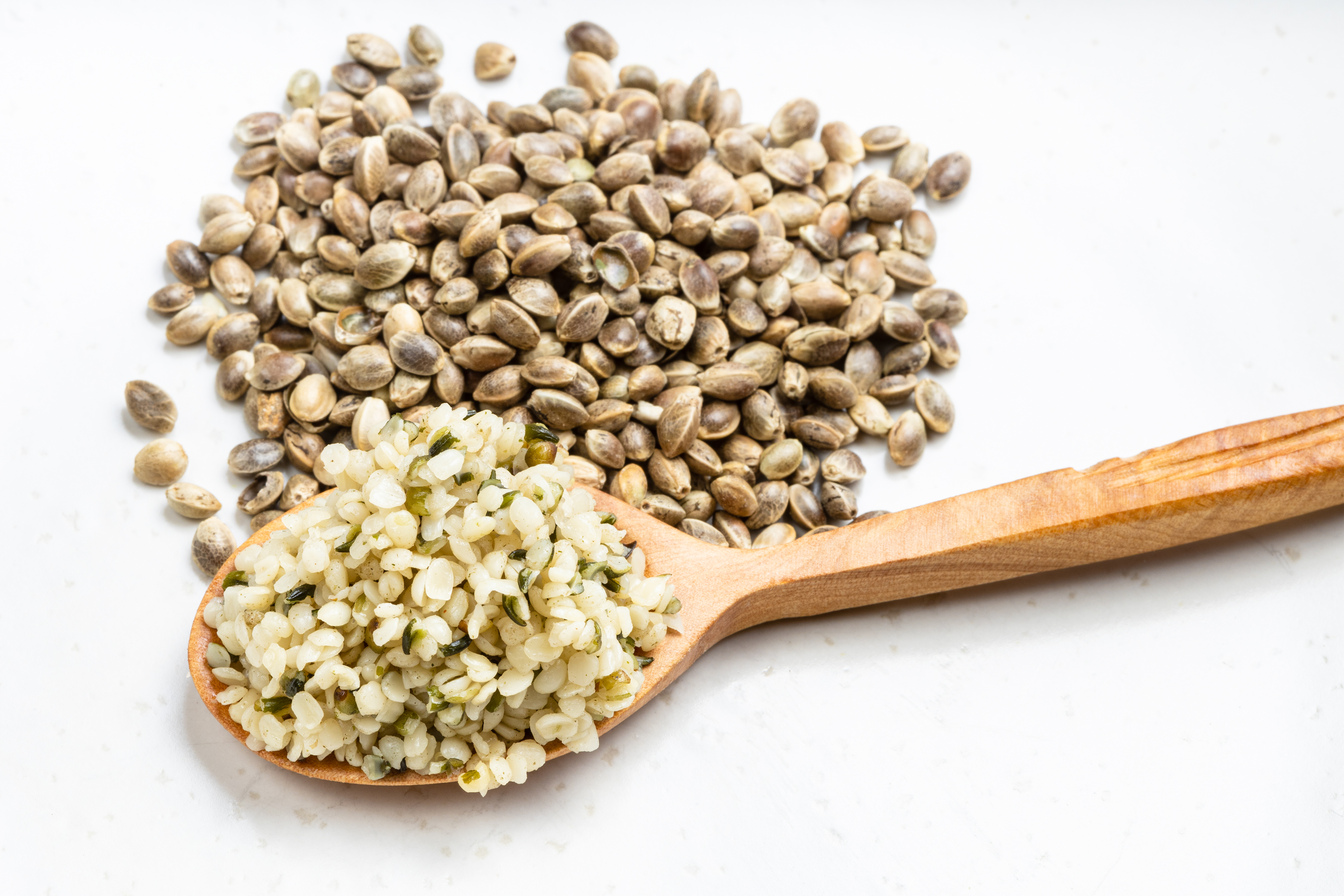
Hemp seeds are one of the best plant-based sources of omega-3s, making them a fantastic anti-inflammatory addition to your diet. They’re also a complete protein, meaning they provide all nine essential amino acids—great for muscle recovery and heart health. Unlike some nuts and seeds, hemp seeds are easily digestible, making them ideal for those with digestive issues. How to enjoy them: Sprinkle hemp seeds over yogurt, blend them into smoothies, or stir them into oatmeal or salad dressings.
24. Manuka Honey: The Medicinal Sweetener
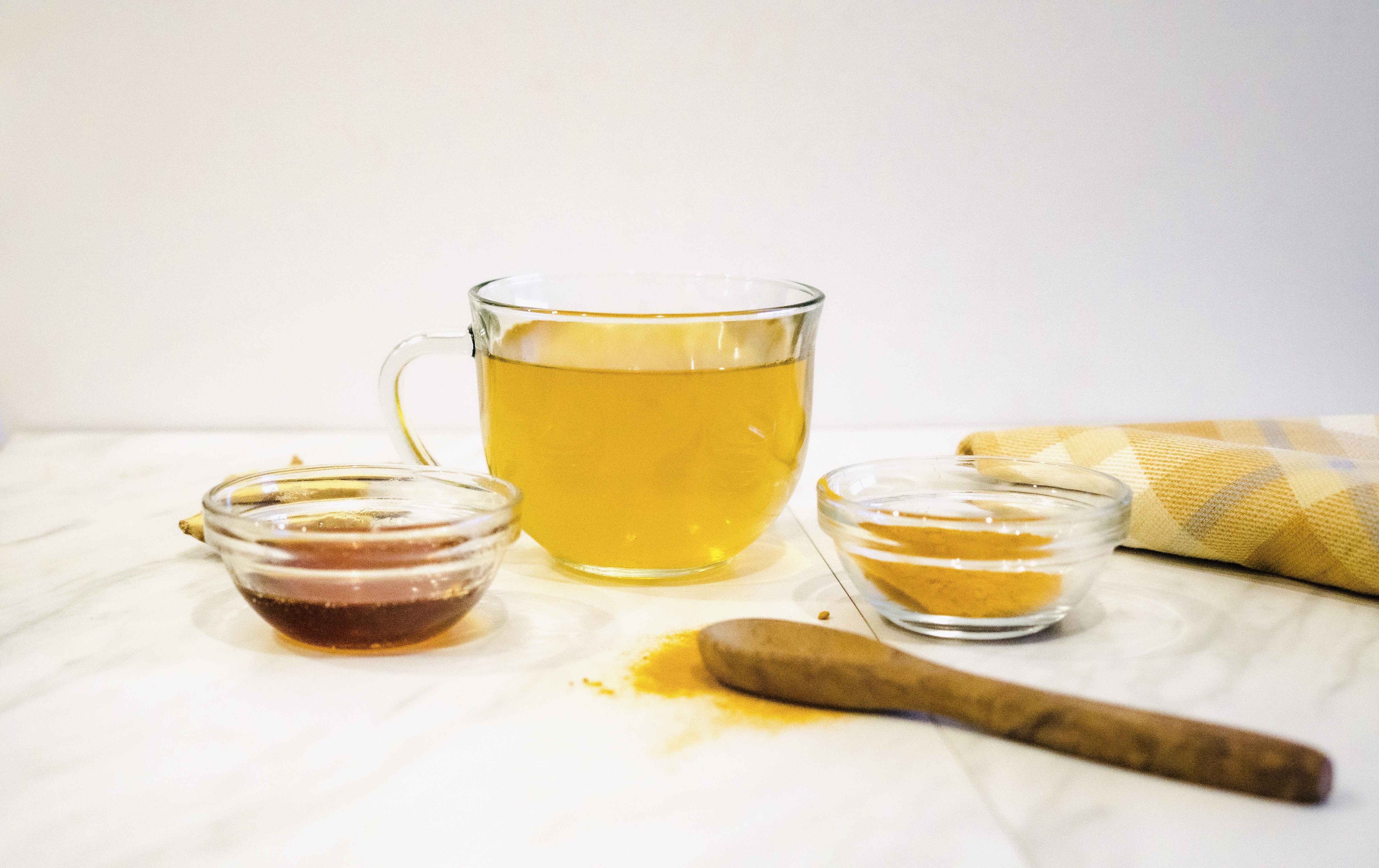
Manuka honey is not your average honey—this rare New Zealand-based superfood is known for its antibacterial, antiviral, and anti-inflammatory properties. It contains methylglyoxal (MGO), a compound that helps reduce inflammation, soothe sore throats, and heal wounds. Studies have shown Manuka honey can also support gut health by reducing harmful bacteria and promoting beneficial gut flora. How to enjoy it: Stir a teaspoon into tea, drizzle over yogurt, or use it as a natural sweetener in recipes.
25. Black Garlic: A Sweet, Fermented Immune Booster
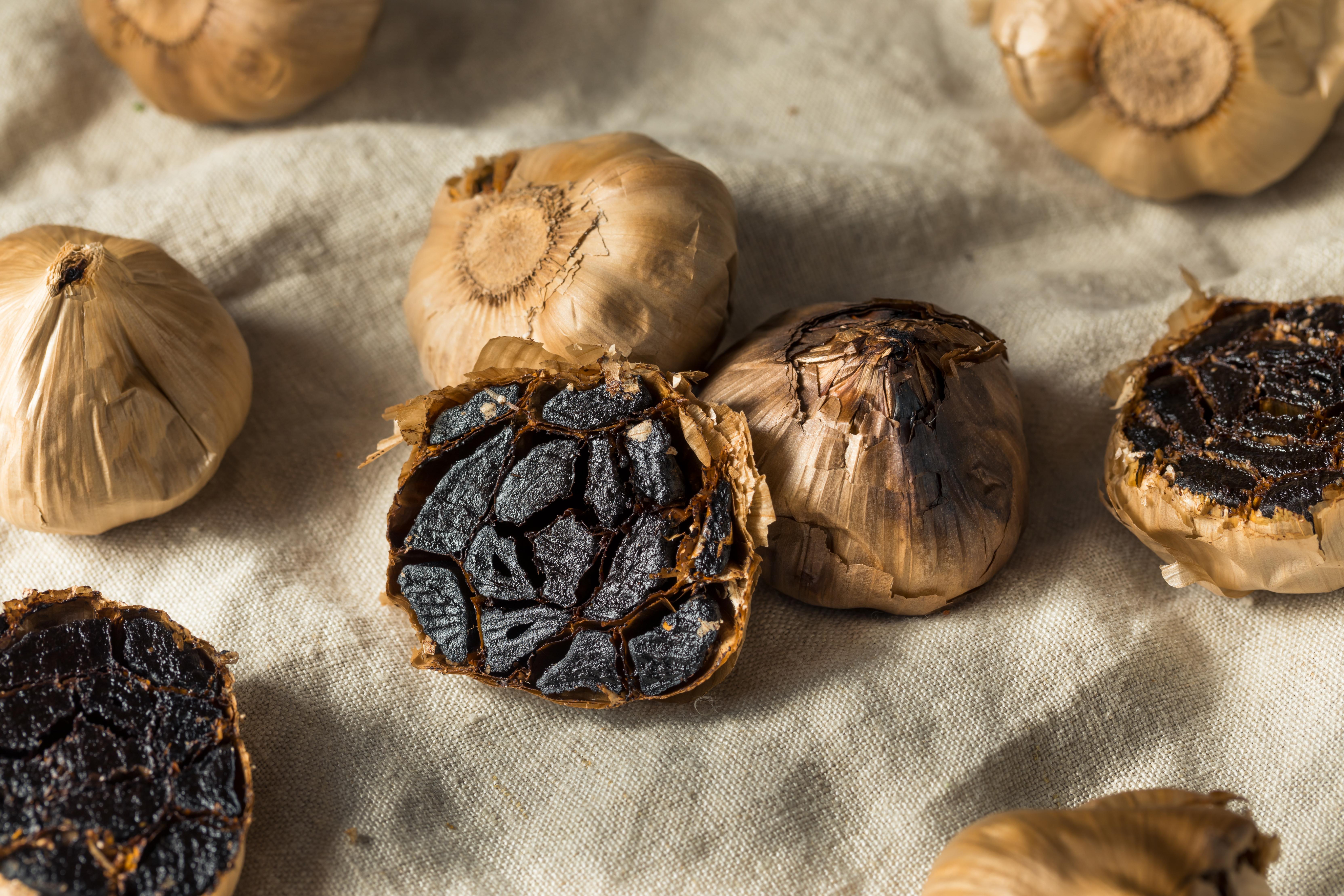
Black garlic is aged white garlic that undergoes a fermentation-like process, resulting in a sweet, mellow flavor and a chewy texture—along with an even greater concentration of antioxidants. It's particularly high in S-allyl cysteine, a compound that has been shown to reduce inflammation, lower cholesterol, and support immune function. Studies suggest black garlic may also improve circulation and help regulate blood sugar levels. Unlike raw garlic, it’s easier on the stomach and can be enjoyed more liberally. How to enjoy it: Spread it on toast, stir it into pasta or risotto, or blend it into sauces and dressings for a subtle, umami-rich flavor.
26. Broccoli Sprouts: Tiny Greens, Mighty Impact
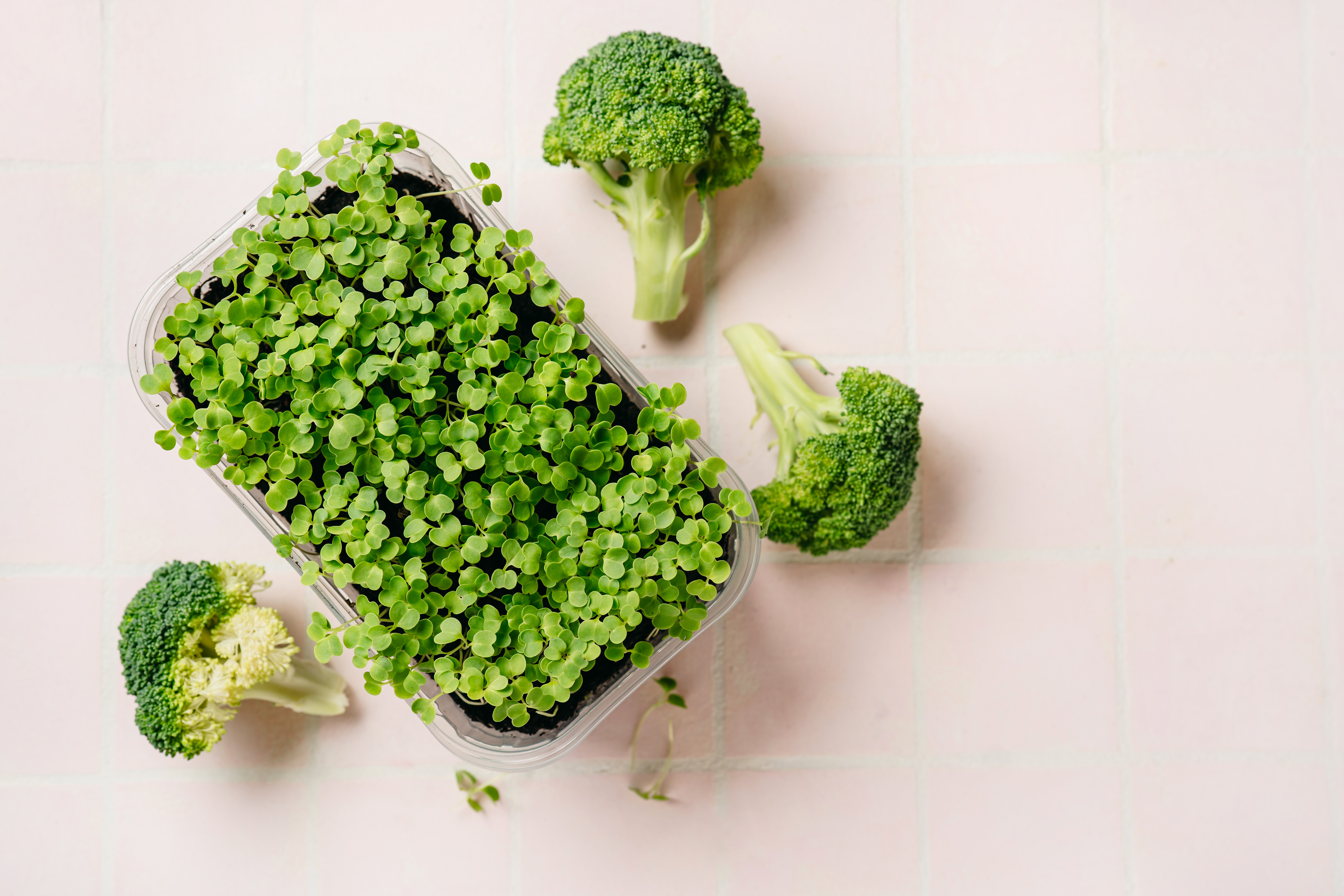
Broccoli sprouts are one of the most concentrated sources of sulforaphane—a powerful anti-inflammatory and anti-cancer compound. Research shows sulforaphane activates detoxification enzymes and helps reduce oxidative stress in the body. These baby greens have up to 100 times more sulforaphane than mature broccoli! They’re also rich in fiber and vitamin C, making them a great immune booster and gut-supportive food. How to enjoy them: Toss broccoli sprouts on top of salads, avocado toast, or sandwiches, or blend them into green smoothies for a powerful health kick.
27. Camu Camu: The Vitamin C Powerhouse

Camu camu is a sour Amazonian berry that contains one of the highest natural concentrations of vitamin C in the world—up to 60 times more than an orange. This makes it a potent antioxidant that helps fight free radicals, reduce inflammation, and support collagen production and immune health. It also contains ellagic acid and anthocyanins, both linked to reduced inflammation. How to enjoy it: Use camu camu powder in smoothies, yogurt bowls, or even homemade energy bites for a citrusy, nutrient-packed punch.
28. Freekeh: The Ancient Grain with Modern Benefits
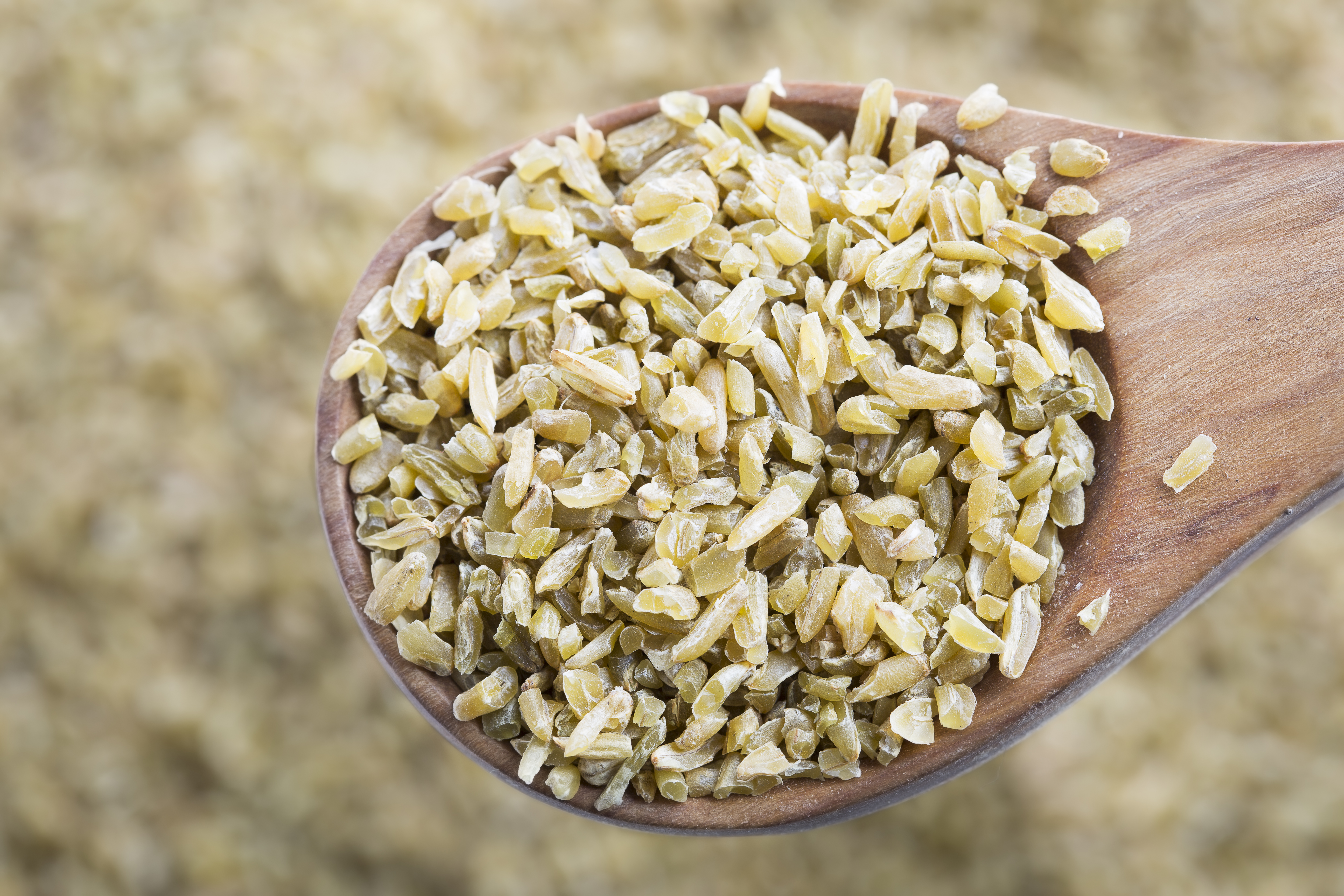
Freekeh is an ancient whole grain made from young, green wheat that’s roasted and cracked. It’s high in fiber, protein, and essential minerals like magnesium and zinc. Its high fiber content supports gut health and lowers inflammatory markers, while its slow-digesting carbs help regulate blood sugar. Freekeh also contains resistant starch, which feeds beneficial gut bacteria. How to enjoy it: Use freekeh in grain bowls, soups, or as a hearty base for salads. Its nutty flavor and chewy texture make it a satisfying swap for rice or quinoa.
29. Kiwi: The Tiny Fruit with Big Anti-Inflammatory Power
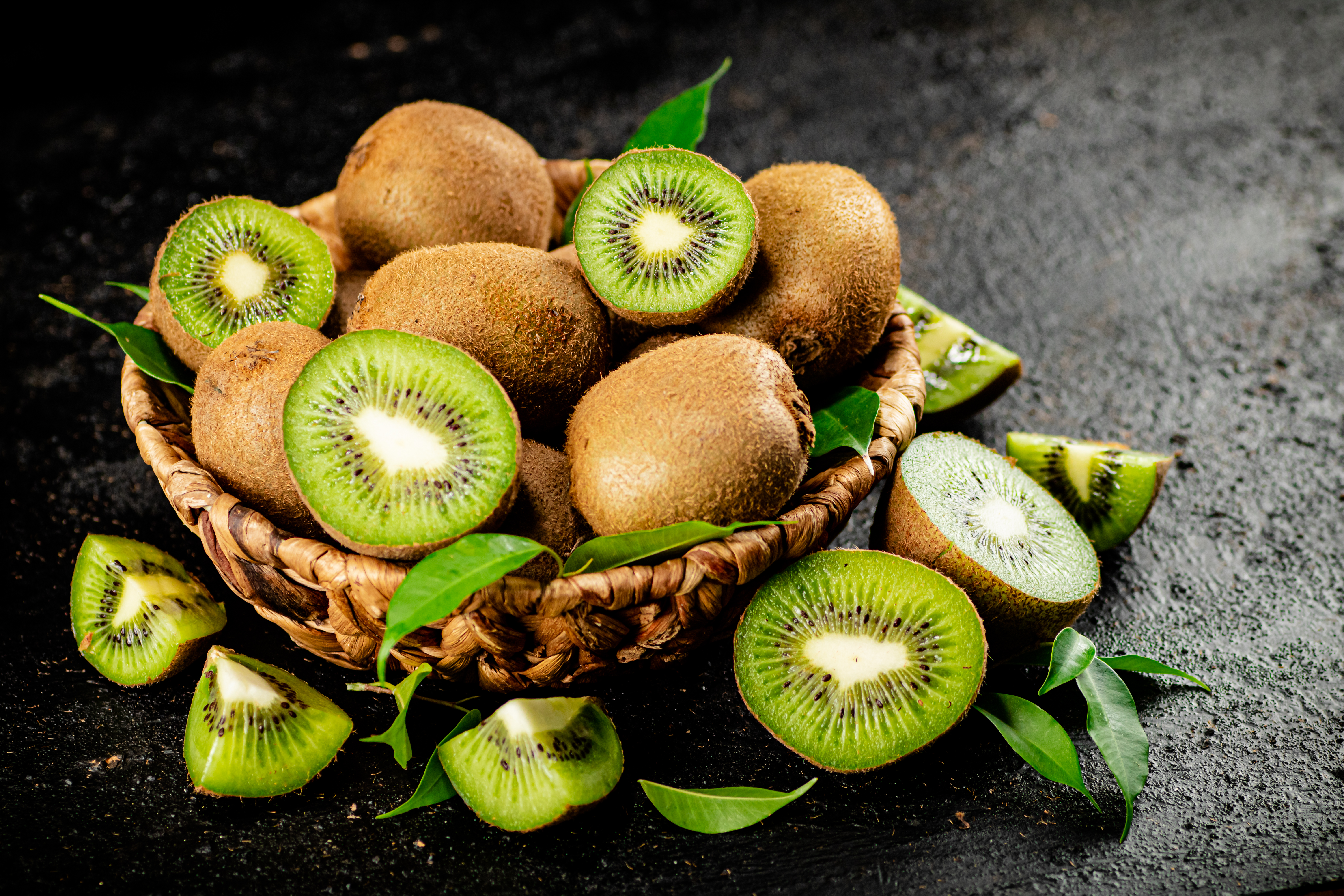
Kiwi is often overlooked, but it's a vitamin C and vitamin K powerhouse with impressive antioxidant and anti-inflammatory properties. It's been shown to reduce oxidative stress and improve immune function. It also supports digestion thanks to actinidin, a natural enzyme that aids in protein breakdown. Plus, kiwi’s high potassium content supports heart health. How to enjoy it: Slice and eat on its own, blend into smoothies, or add to fruit salads. Pro tip: Eat the skin—it’s loaded with additional fiber and antioxidants!
30. Watercress: The Underrated Supergreen
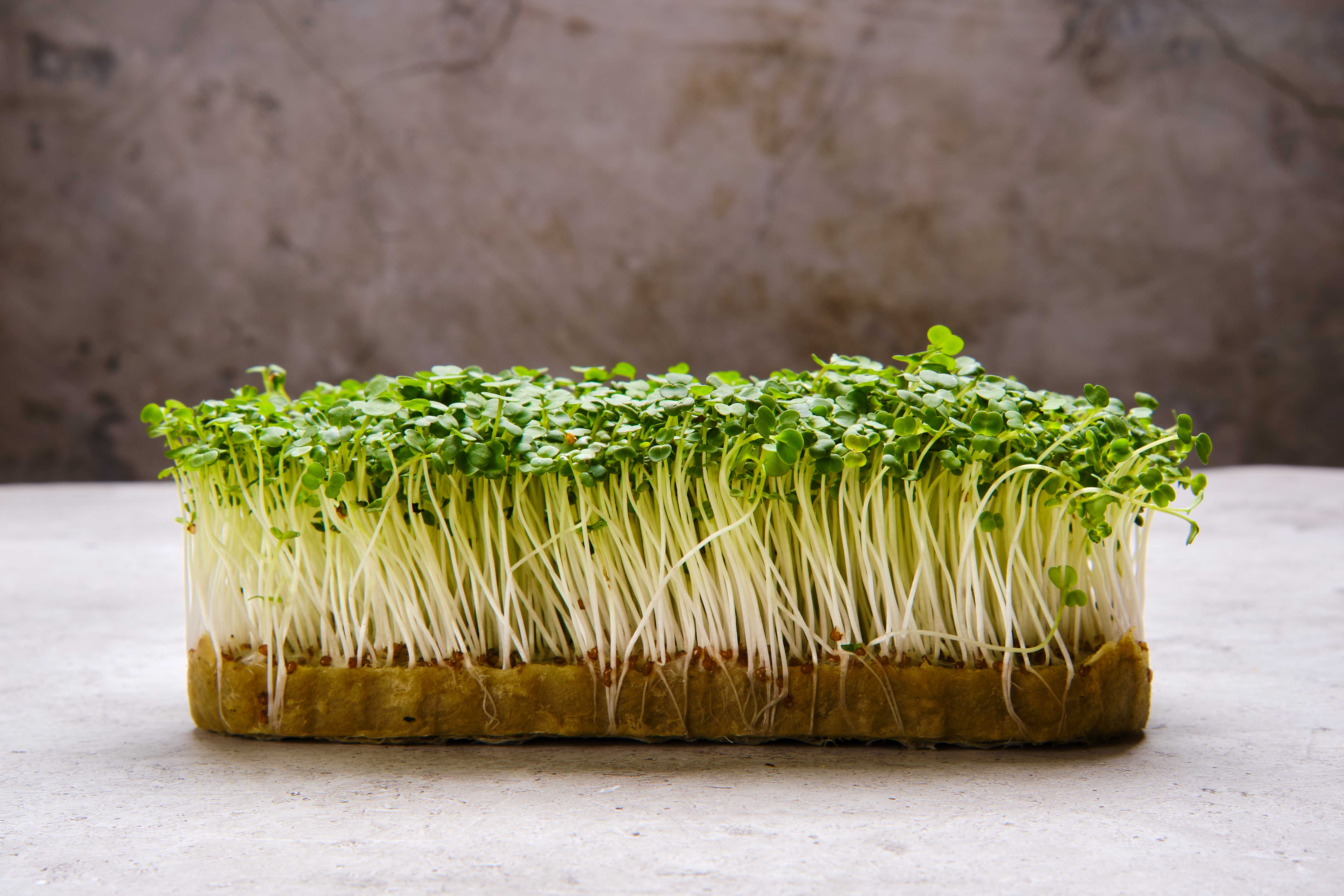
Watercress may not get as much attention as kale or spinach, but it’s one of the most nutrient-dense foods on the planet—ranking at the top of the CDC’s list of powerhouse fruits and vegetables. It’s packed with vitamin K, beta-carotene, and anti-inflammatory phytochemicals that protect cells from oxidative damage. It also contains compounds that may inhibit cancer development and improve cardiovascular health. How to enjoy it: Add watercress to salads, stir it into soups at the end of cooking, or layer it into sandwiches for a peppery bite.
31. Spirulina: The Algae with Anti-Inflammatory Muscle
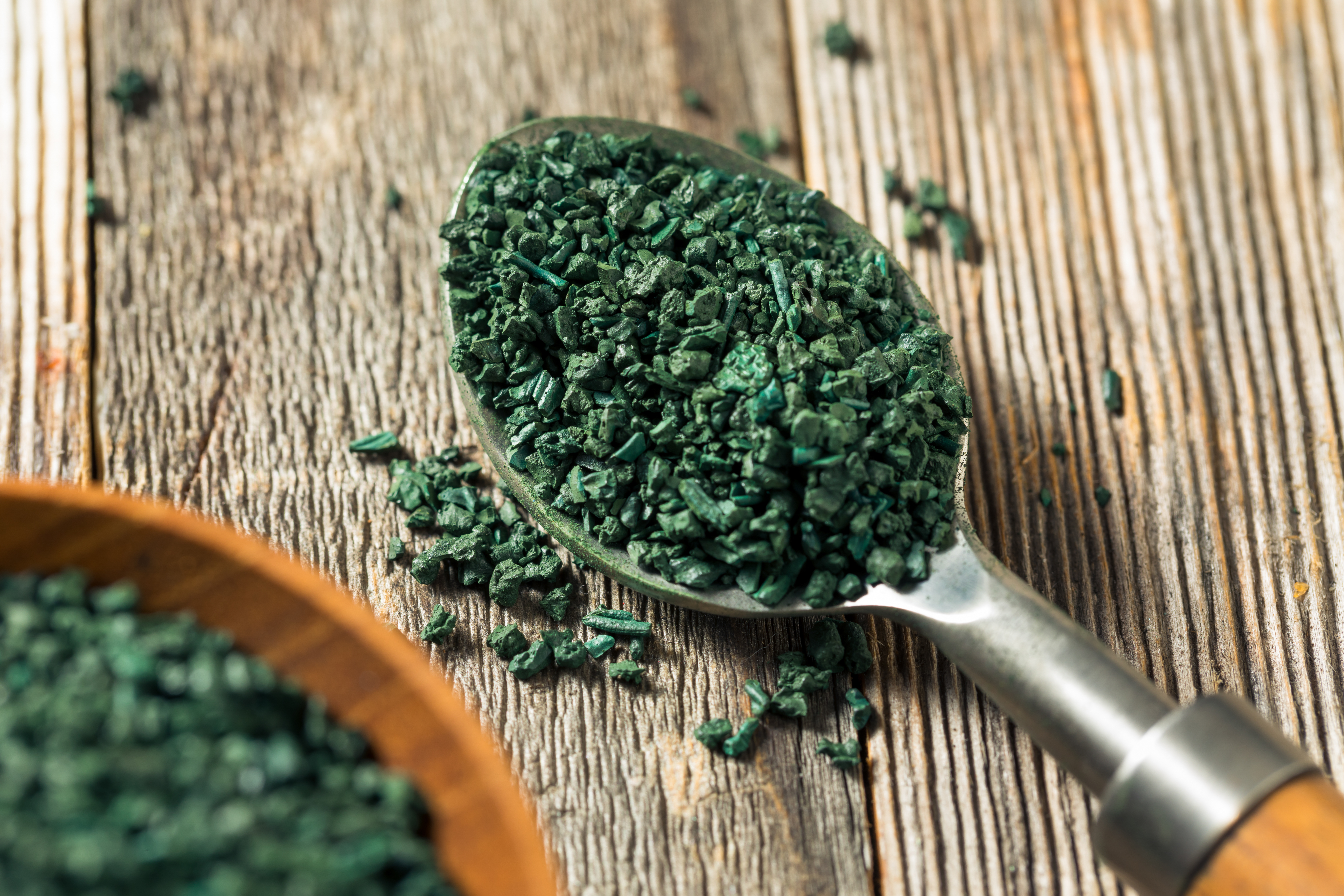
Spirulina is a blue-green algae packed with antioxidants, chlorophyll, and plant-based protein. One of its standout compounds, phycocyanin, has been shown to reduce inflammatory signaling in the body and support detoxification. Spirulina also provides B vitamins, iron, and trace minerals that support energy metabolism and immune health. How to enjoy it: Mix spirulina powder into smoothies, green juices, or homemade energy balls. Its earthy flavor is best masked with citrus or pineapple.
32. Cacao Nibs: The Purest Form of Chocolate for Inflammation Relief
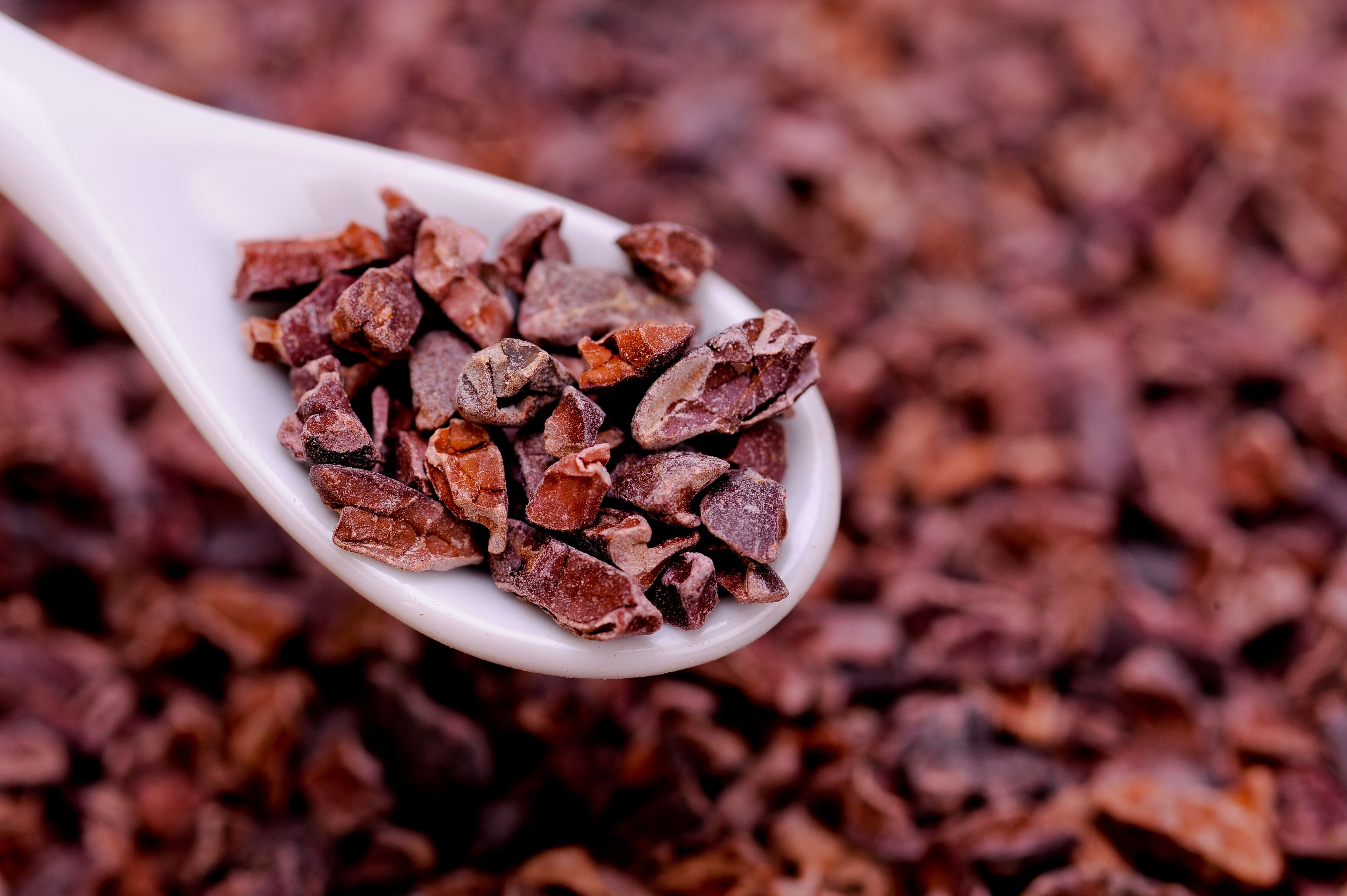
Cacao nibs are minimally processed bits of crushed cacao beans—the raw form of chocolate. They’re rich in flavonoids, especially epicatechin, which can reduce inflammation, improve blood flow, and enhance brain function. Unlike processed chocolate, cacao nibs contain no added sugar and are a fantastic source of magnesium and fiber. How to enjoy them: Sprinkle on oatmeal, yogurt, smoothie bowls, or mix into homemade trail mix for a satisfying crunch with anti-inflammatory perks.
33. Persimmons: The Fiber-Rich Fall Superfruit
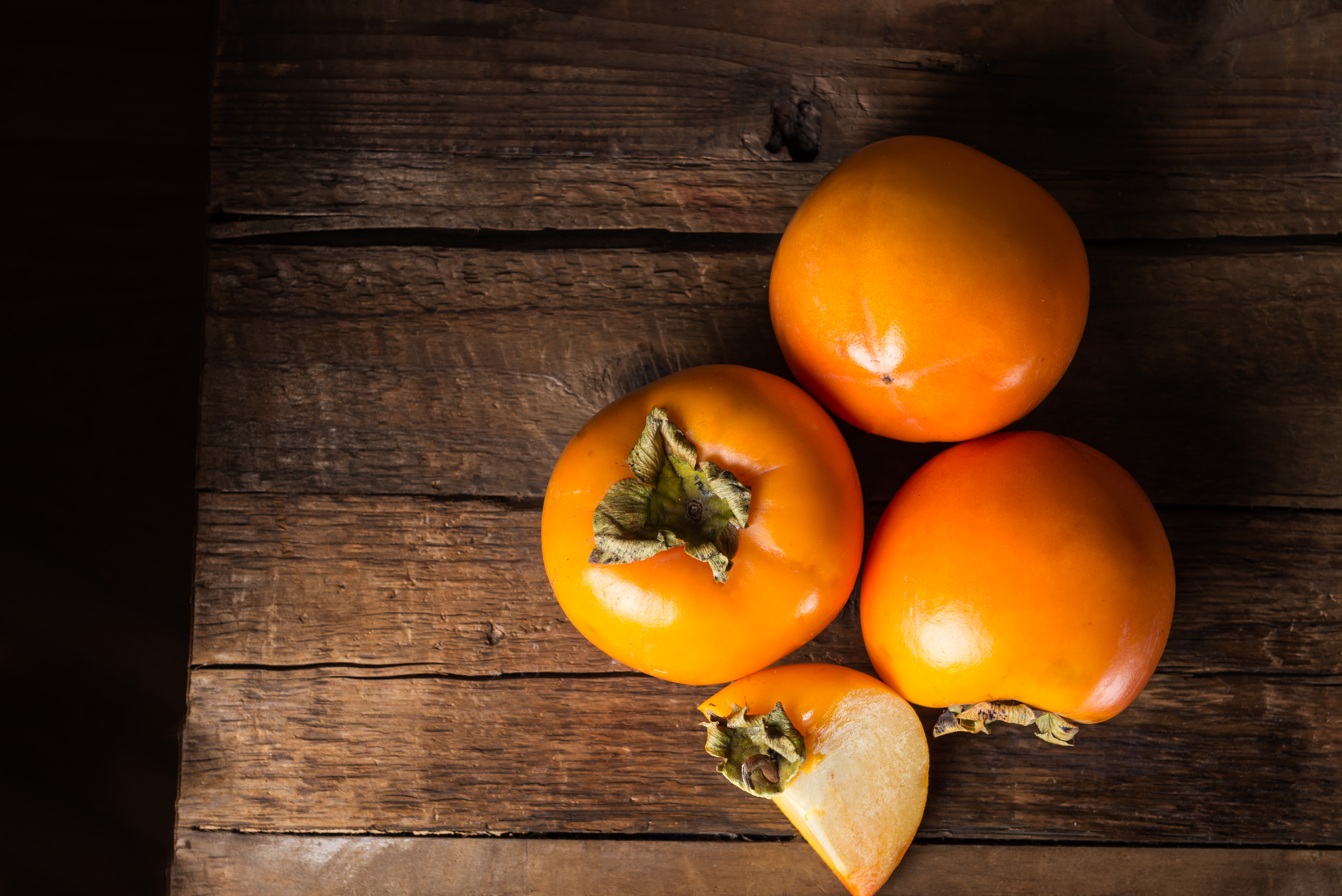
Persimmons are a sweet, golden-orange fruit packed with vitamin C, manganese, and polyphenols like tannins and flavonoids. These compounds have been shown to reduce inflammatory markers and protect against oxidative stress. Their high fiber content also supports gut health and reduces blood sugar spikes, both important factors in managing chronic inflammation. How to enjoy them: Slice and eat raw, bake into healthy desserts, or add to autumn salads with arugula and walnuts.
34. Tempeh: The Fermented, Gut-Friendly Protein
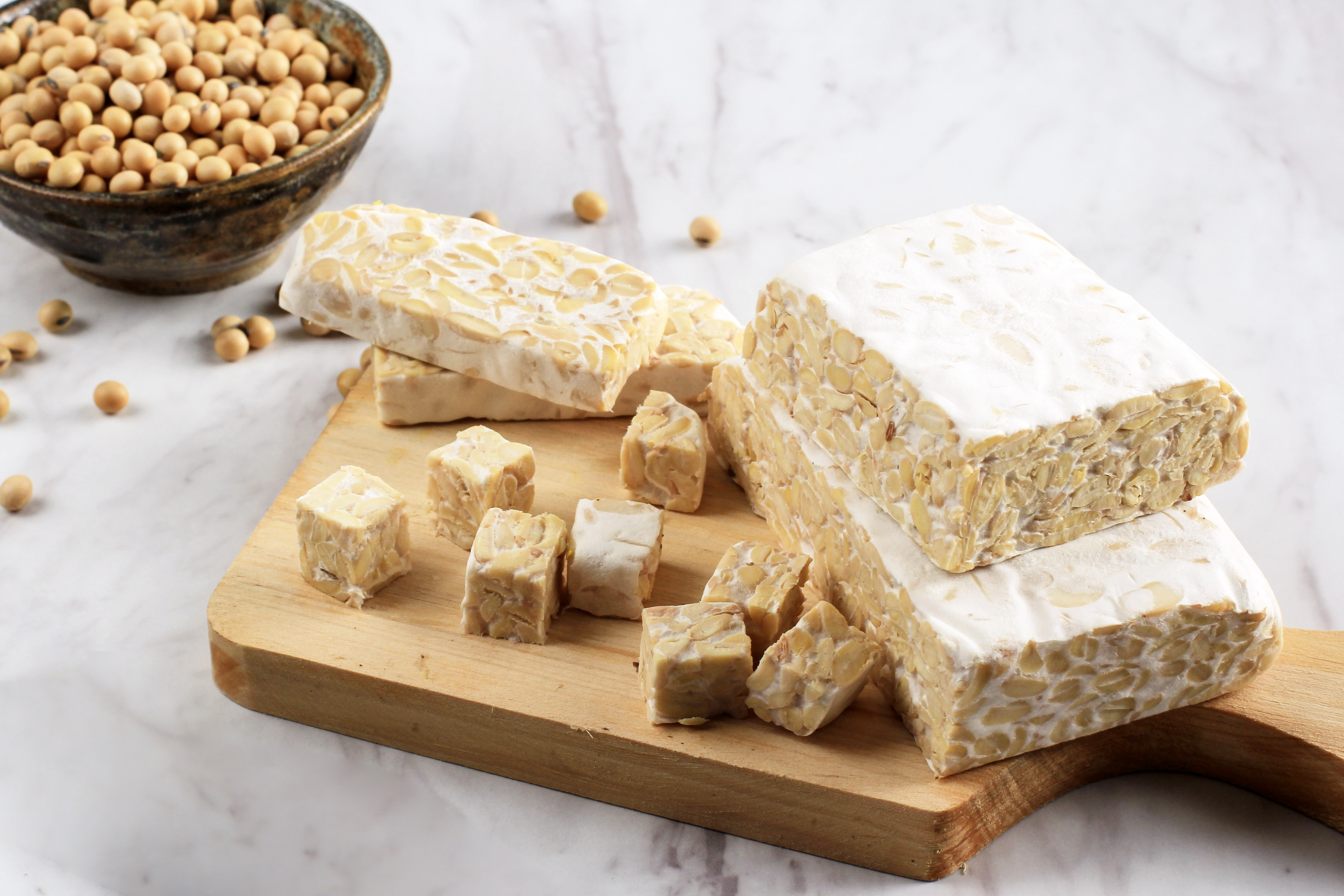
Tempeh is a fermented soybean product that offers complete plant-based protein along with gut-friendly probiotics. Fermentation enhances the bioavailability of nutrients and creates compounds that reduce inflammation and oxidative stress. Tempeh is also high in isoflavones, which are linked to reduced risk of heart disease and improved immune response. How to enjoy it: Marinate and bake tempeh, stir-fry it with veggies, or crumble it into tacos or grain bowls for a savory, satisfying meal that’s as good for your gut as it is for inflammation.
35. Saffron: The Mood-Boosting Spice

This vibrant spice, derived from the Crocus flower, is truly more than just a source of color and aroma in your dishes. Saffron's value lies in its rich concentration of bioactive compounds, notably crocin and safranal. These compounds have been the subject of extensive research, and studies have demonstrated their potent anti-inflammatory and antioxidant effects, particularly within the brain. Saffron has shown promise in helping to alleviate symptoms of mood disorders, such as depression and anxiety, and emerging research even suggests a potential role in protecting against neurodegenerative diseases like Alzheimer's. Its unique ability to cross the blood-brain barrier makes it a compelling area of study for cognitive health and long-term well-being.
36. Fennel Seeds: The Digestive Aid
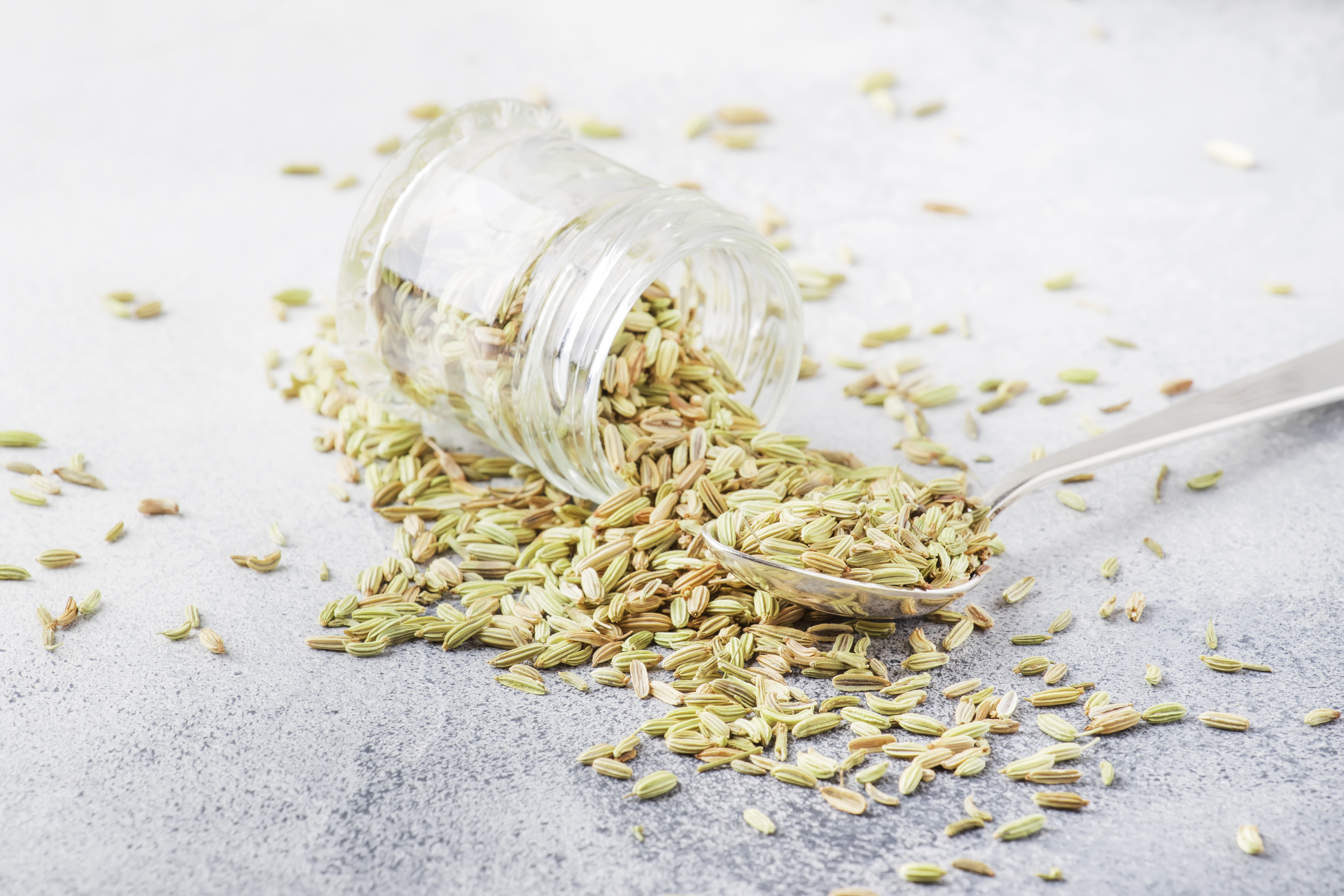
Often used in Mediterranean cooking, fennel seeds offer a subtle anise-like flavor and a wealth of health benefits. These small seeds contain anethole, a key compound that has been shown to possess significant anti-inflammatory and pain-relieving properties. Fennel seeds also have a long history of use as a digestive aid. They can help to reduce bloating and gas, which are often triggers or exacerbating factors in inflammatory conditions. Incorporating fennel seeds into your diet is easy and flavorful. Enjoy them in teas, use them to create aromatic spice rubs for meats and vegetables, or add them directly to vegetable dishes for a touch of sweetness and a boost of anti-inflammatory power.
37. Pistachios: Antioxidant-Rich Nuts
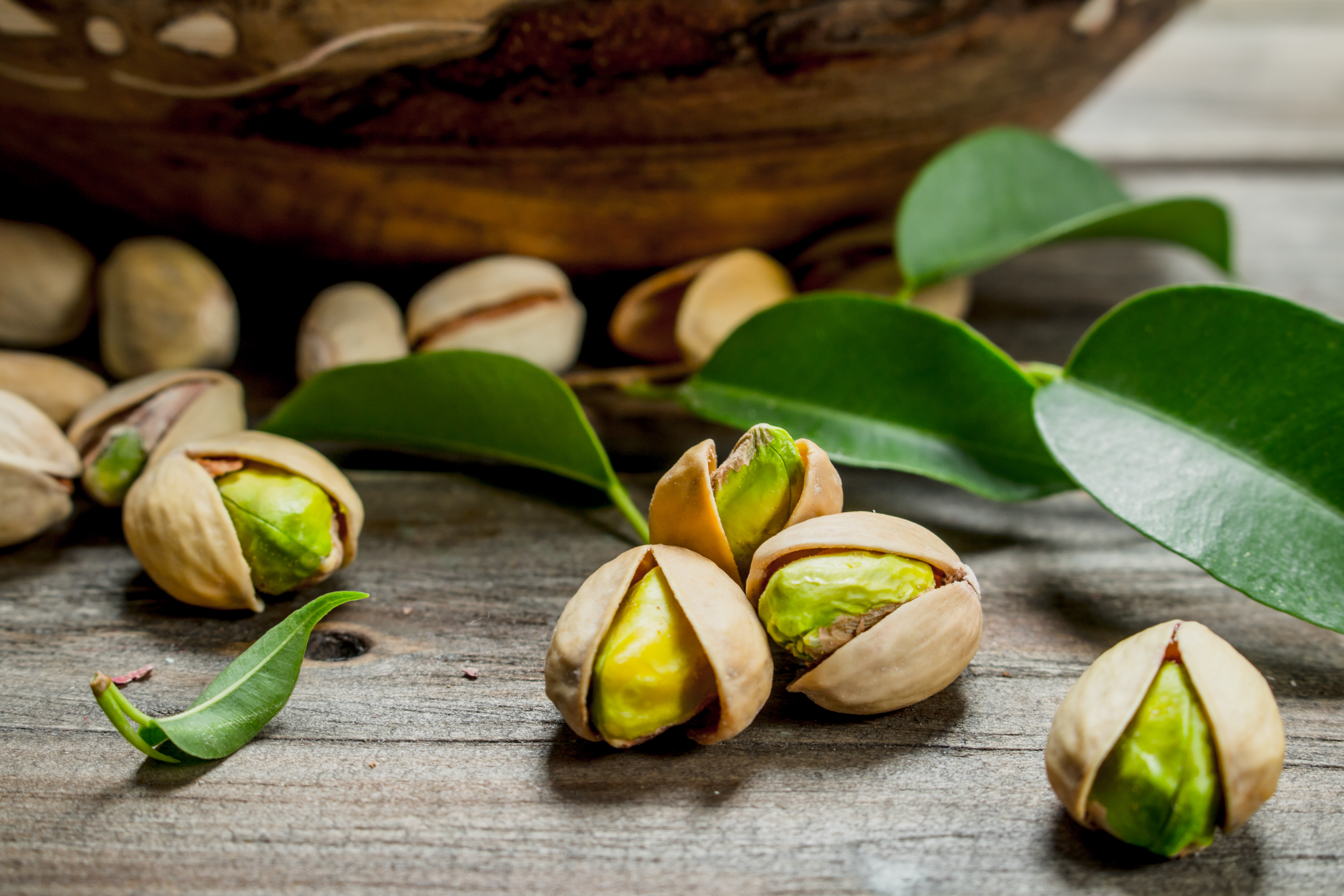
These nuts are more than just a tasty and satisfying snack; they are a nutritional powerhouse packed with compounds that combat inflammation. Pistachios provide a healthy dose of monounsaturated fats, fiber, and protein, all of which contribute to overall health. What sets them apart is their unique array of antioxidants, including lutein and zeaxanthin. These carotenoids are not only beneficial for eye health, protecting against age-related macular degeneration, but they also play a significant role in reducing inflammation throughout the body. Enjoy a handful of pistachios as a snack, add them to salads for a crunchy texture, or incorporate them into both sweet and savory dishes for a boost of nutrition and flavor.
38. Cardamom: Aromatic Digestive Support

This aromatic spice, commonly used in both Indian and Middle Eastern cuisine, offers a complex flavor profile and a range of therapeutic properties. Cardamom contains various compounds that have demonstrated the ability to inhibit inflammatory pathways in the body. Beyond its direct anti-inflammatory effects, cardamom has also been traditionally used to aid digestion. It can help to soothe the digestive tract, reduce bloating, and improve gut motility. Since gut health plays a crucial role in regulating inflammation, cardamom's digestive benefits contribute to its overall anti-inflammatory action. Add cardamom to your spice blends, teas, and baked goods for a warm, fragrant flavor and a boost to your health.
39. Oolong Tea: The Antioxidant-Rich Brew
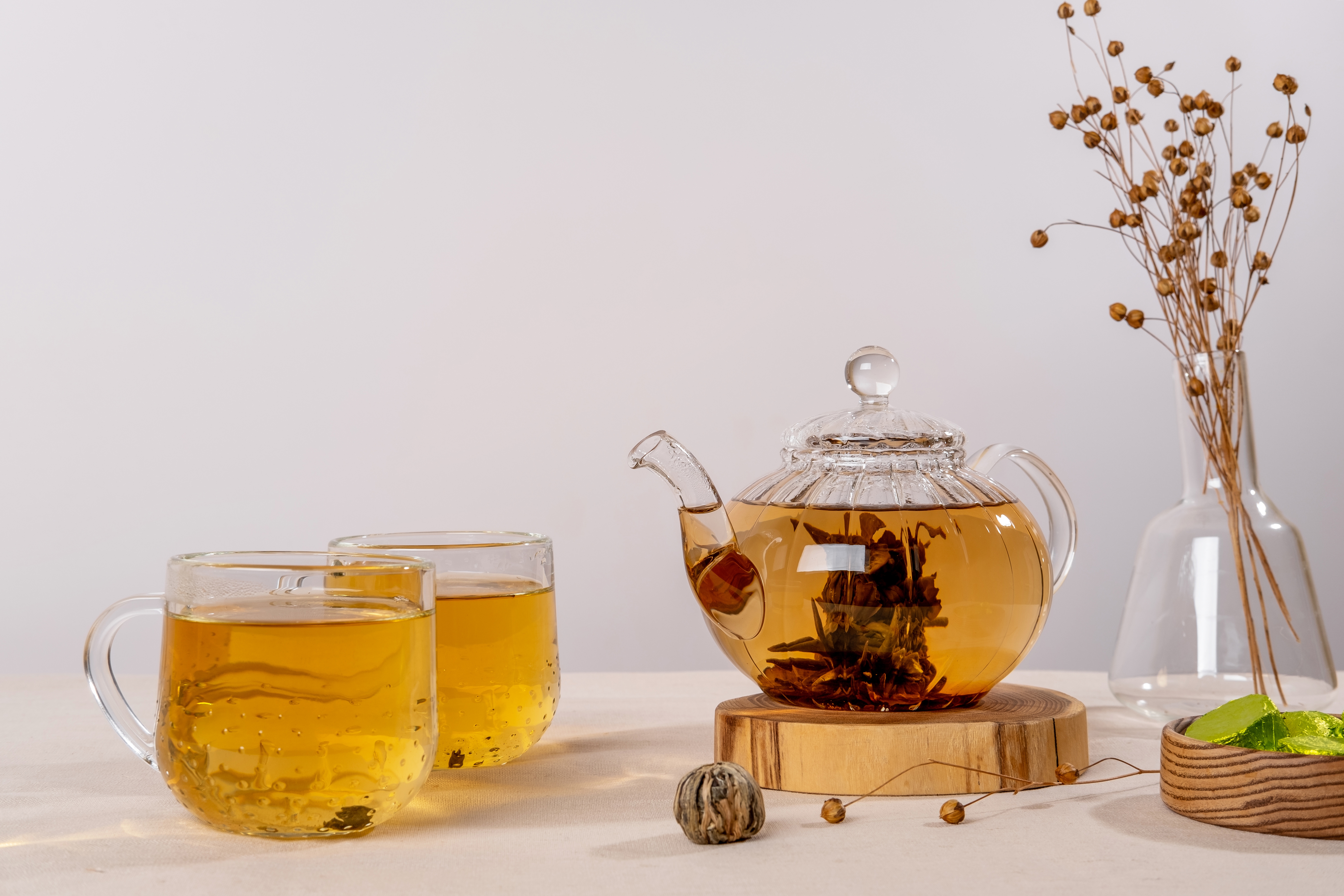
This traditional Chinese tea occupies a unique space between green and black tea, offering a delightful combination of flavors and health benefits. The partial oxidation process that oolong tea undergoes results in a complex array of antioxidant compounds, including flavonoids and catechins. These antioxidants play a vital role in combating inflammation by neutralizing harmful free radicals and protecting cells from damage. Regular consumption of oolong tea has been associated with a reduced risk of chronic diseases, including heart disease. Additionally, some studies suggest that oolong tea may contribute to improved metabolism and aid in weight management, both of which can have indirect benefits in reducing overall inflammation.
40. Kefir: The Probiotic Powerhouse
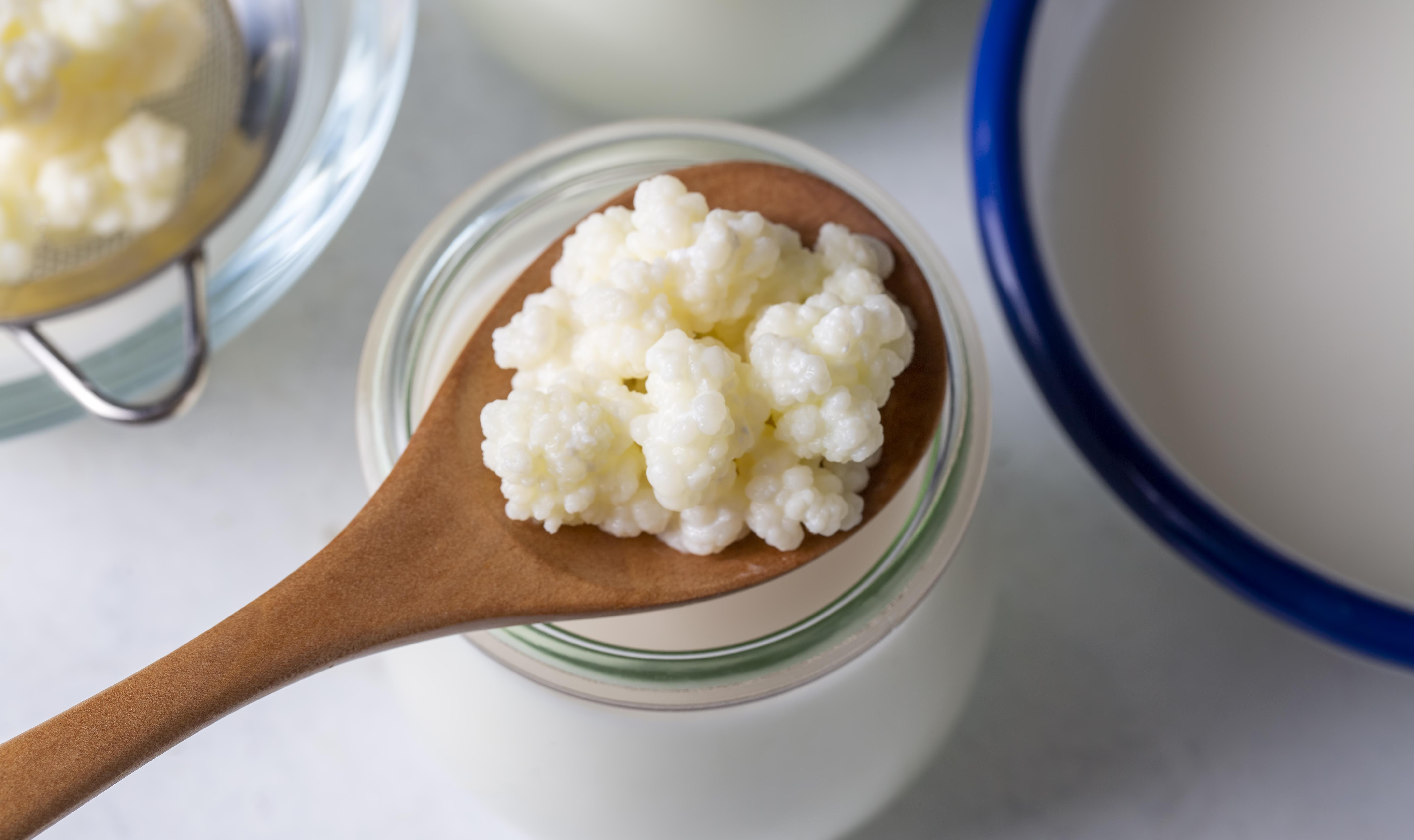
This fermented milk drink is a probiotic powerhouse, teeming with a diverse range of beneficial bacteria and yeasts. Kefir's unique composition makes it a potent tool for promoting gut health. The live microorganisms in kefir help to colonize the gut, increasing the population of beneficial bacteria and improving the balance of the gut microbiome. A healthy gut microbiome is crucial for regulating inflammation throughout the body. An imbalance in gut bacteria, often referred to as dysbiosis, can lead to increased intestinal permeability and the release of pro-inflammatory substances into the bloodstream. By supporting a healthy gut, kefir helps to reduce this systemic inflammation and strengthen the body's natural defenses.
41. Natto: The Vitamin K2 Champion

This fermented soybean dish, a staple in Japanese cuisine, may have a pungent aroma and sticky texture, but it boasts an impressive array of health benefits. Natto is particularly rich in vitamin K2, a nutrient that plays a vital role in bone health and cardiovascular function. But natto's most unique feature is its high concentration of nattokinase, an enzyme produced during the fermentation process. Nattokinase has demonstrated potent anti-inflammatory and fibrinolytic properties. Fibrinolysis is the process of breaking down blood clots, which can contribute to inflammation and cardiovascular disease. Studies suggest that nattokinase can help to reduce inflammation, improve blood flow, and lower the risk of blood clots, making natto a valuable food for promoting both circulatory and overall health.
42. Arugula: The Peppery Leafy Green
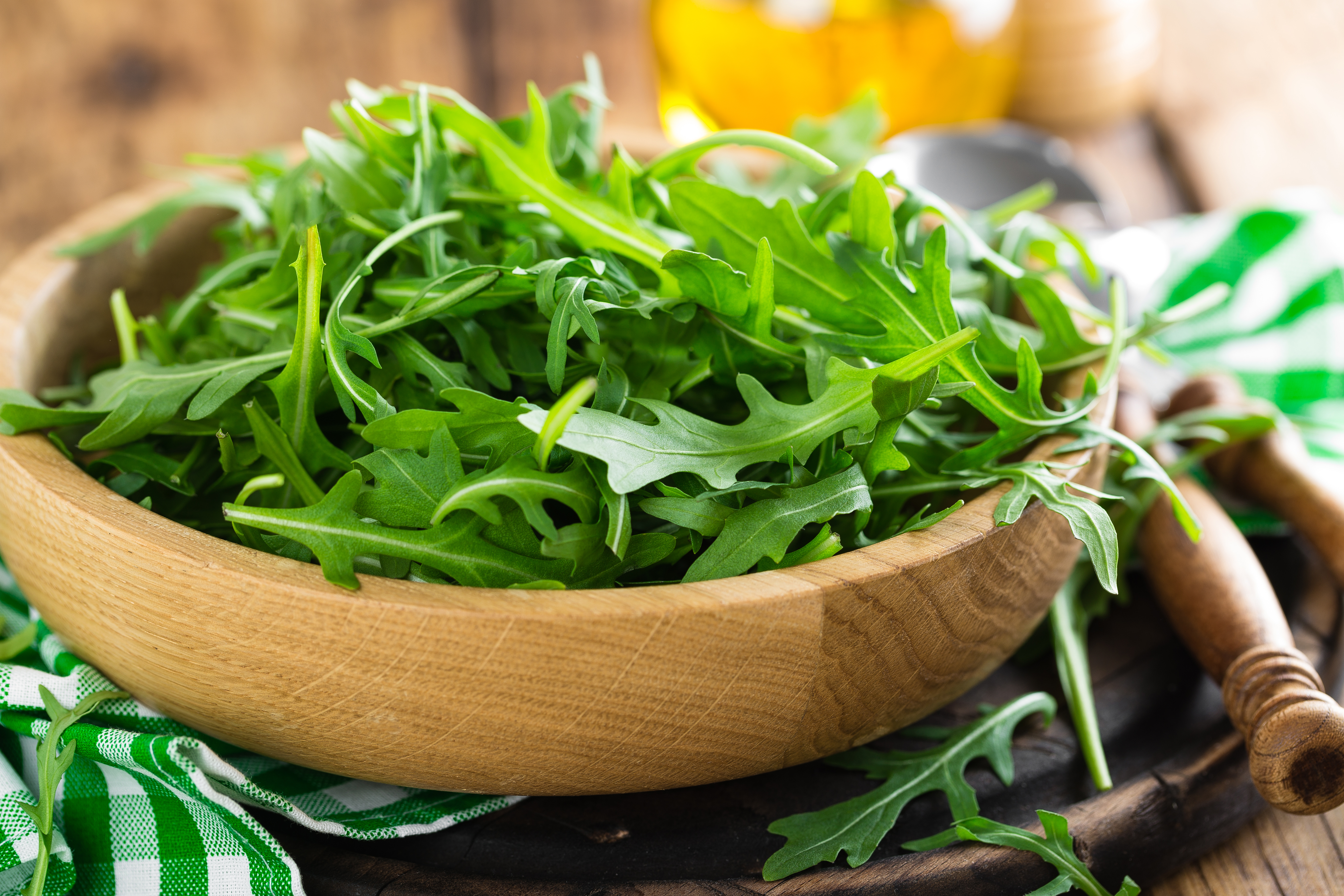
This peppery leafy green, also known as rocket, is more than just a flavorful addition to salads. Arugula is packed with a variety of health-promoting compounds, including glucosinolates. These natural compounds, also found in other cruciferous vegetables like broccoli and kale, break down into substances with potent anti-inflammatory and anti-cancer effects. Arugula is also a good source of nitrates, which the body converts into nitric oxide. Nitric oxide helps to relax blood vessels, improve blood flow, and lower blood pressure. By supporting healthy circulation, arugula may indirectly contribute to reducing inflammation and protecting against cardiovascular disease. Enjoy arugula in salads, use it as a base for pesto, or add it to pizzas and sandwiches for a peppery kick.
43. Quince: The Fiber-Rich Fruit

This often-overlooked fruit, related to apples and pears, has a unique flavor profile and offers a range of health benefits when cooked. Unlike many fruits that are enjoyed raw, quince is typically cooked before consumption, which enhances its flavor and softens its firm texture. Quince is a good source of both soluble and insoluble fiber, which contribute to gut health by promoting regular bowel movements and supporting the growth of beneficial gut bacteria. The polyphenols in quince, including flavonoids and tannins, possess significant antioxidant and anti-inflammatory properties. These compounds help to protect cells from damage caused by free radicals and reduce inflammation throughout the body. Enjoy cooked quince in baked goods, stews, or as a compote for a unique and flavorful way to boost your anti-inflammatory intake.
44. Teff: The Gluten-Free Grain
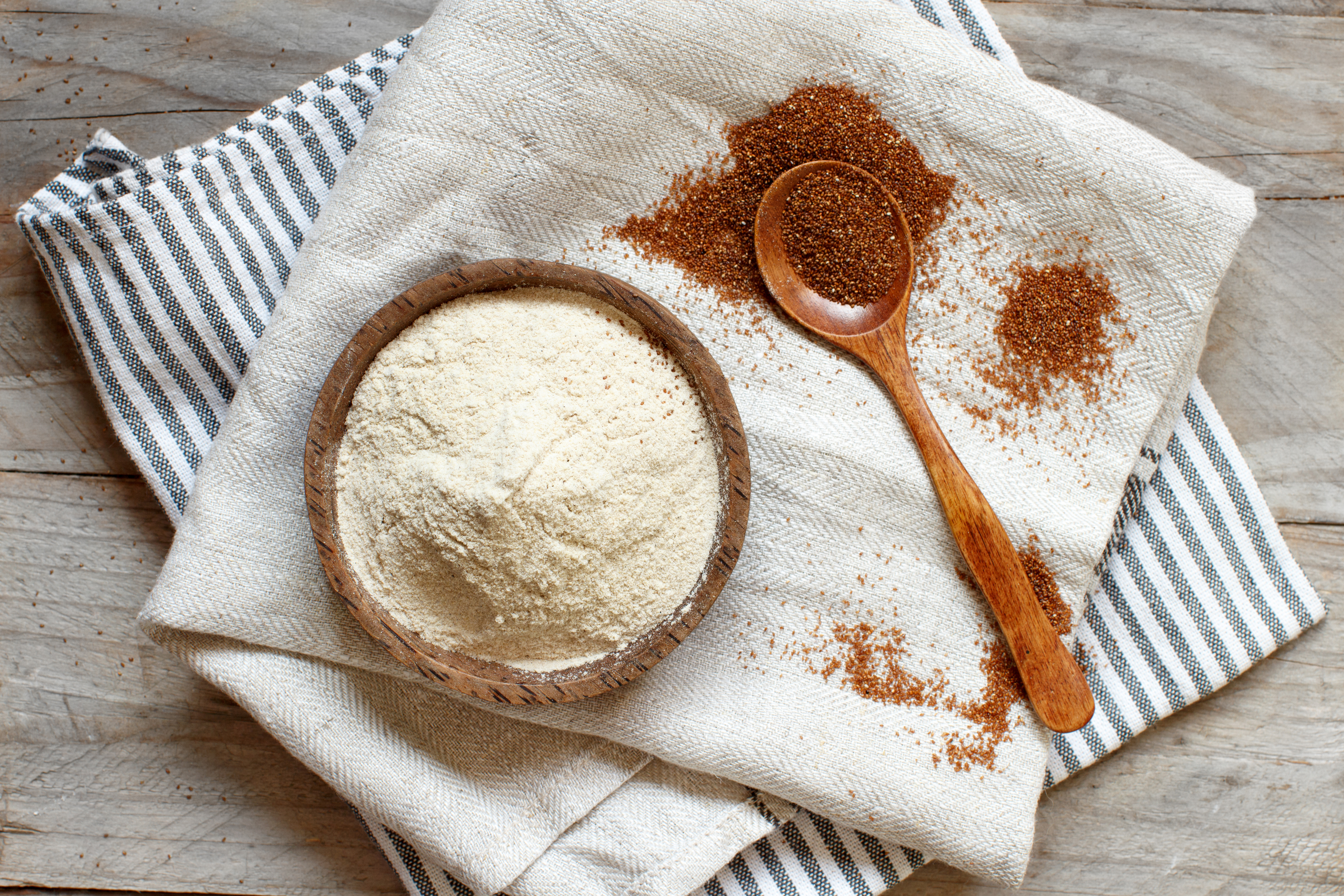
This tiny, gluten-free grain, a staple in Ethiopian cuisine, is a nutritional giant that offers a wealth of health benefits. Despite its small size, teff is exceptionally high in fiber, resistant starch, and iron, making it a valuable food for promoting both digestive and overall health. The high fiber content in teff helps to regulate digestion, prevent constipation, and promote the growth of beneficial gut bacteria. Resistant starch, a type of fiber that resists digestion in the small intestine, acts as a prebiotic, feeding the gut microbiome and further supporting gut health. A healthy gut microbiome is essential for regulating inflammation and maintaining a strong immune system. Teff's iron content is also notable, making it a good choice for preventing iron deficiency and supporting energy levels.
Crafting a Healthier Future

Incorporating these 44 powerful anti-inflammatory superfoods into your diet is a proactive step towards transforming your health. By choosing foods rich in antioxidants, healthy fats, and essential nutrients, you can help reduce inflammation and lower the risk of chronic diseases. As you build your shopping list, remember that variety is key; each of these superfoods offers unique benefits that work together to support your body’s natural defenses. Embrace the journey towards better health by experimenting with new recipes and flavors, and enjoy the positive changes that come with nourishing your body with these anti-inflammatory champions. With each meal, you’re not just fueling your body but also investing in a healthier, more vibrant future.
